|
Summertime brings with it beach and pool time, picnics, vacations, and lazing in the hammock. Unfortunately, heat waves and unbearable humidity can also accompany the summer months. One often hears the phrase “dog days of summer.” The origin of this phrase is related to the stars, not dogs wilting in the summer heat! Sirius is the brightest star in the night sky and part of the constellation Canis Majoris—the “Greater Dog.” The ancient Romans and Greeks believed that when the Dog Star, Sirius, appeared in the sky and occupied the same region as the sun, it created the hottest days of the year. They also believed it brought bad luck, drought, and chaos. The Romans called it “dies caniculares” or “days of the dog star.” For the ancient Romans, the dog days of summer were believed to occur from approximately July 24 to around August 24. Over time, the constellations have drifted, and the “dog days” dates have changed. According to the Old Farmer’s Almanac, the Dog Days are considered to be between July 3 and August 11 in the Northern Hemisphere. However, it seems that these days, heat and humidity may linger for a bit longer, regardless of Sirius’s position in the sky. Although one might tend to prefer white or rosé wines as the temps begin to climb, red wines should not be overlooked during the summer months. Many light-bodied to full-bodied reds are ideal for sipping outdoors while enjoying grilled fare. For instance, unoaked or lightly oaked red wines tend to be lighter and fruitier. Slightly chilling many red wines for no more than 30 minutes can enhance the flavors, minimize the focus on alcohol, and make the wine more refreshing. When choosing a wine to drink while outside on a hot day, I recommend staying below 14% ABV. (alcohol by volume) Alcohol is a diuretic that contributes to dehydration. And when combined with outside heat, which leads to sweating, one can become dehydrated quickly. Therefore, it is essential to drink water and stay hydrated! Here are two white and two red Italian wines to enjoy this summer or any time of the year. The Whites Bolla Soave Classico DOC 2023 Founded in 1883, Bolla winery is situated in the countryside of Valpolicella and produces classic Venetian wines. This wine is 85% Garganega and 15% Trebbiano di Soave. Grapes are sourced and handpicked from 15-to 25-year-old vines in the Soave Classico hills, where the soil is of volcanic origin. After fermentation in stainless steel vats, the wine is left on the fine lees at a low temperature until it is ready for blending. Nose: White blossoms, apple, tropical fruit and citrus. Palate: A dry white wine with lots of character. Silky texture with pineapple, melon, honeysuckle, and lemon curd. Light and refreshing! Alcohol: 13% SRP: $9.99 Pairing suggestions: Enjoy as an aperitif or with seafood, light pasta, risotto, or salads. La Scolca Gavi Dei Gavi Gold Edition DOCG 2021 La Scolca is located in the prestigious terroir of Rovereto di Gavi in the Piedmont region. They have been producing wine for over 105 years and are in their fifth generation, where tradition is combined with modernity. 100% Cortese grapes are sourced from the Gavi hills in vineyards with vines up to 60 years of age. Fermentation takes place in stainless steel tanks and rests on the lees until bottling. Nose: White flowers, green apple, almonds, citrus and minerality. Palate: A dry, crisp wine with fresh acidity and balanced notes of flint, almonds, honeydew, and white fruit. A hint of citrus teases the palate on the finish. Alcohol: 12% SRP: $16 Pairing suggestions: Perfect as an aperitif or served with appetizers, fish, seafood, white meat, risotto, or Asian cuisine. The Reds Sensi Sabbiato Bolgheri Rosso DOC 2022 Sensi’s family history started in Chianti in 1890 and then expanded to other areas in Tuscany. Currently, the winery is managed by the fourth generation, which produced its first Bolgheri DOC wine in 2007. The grapes for this wine are a blend of 60% Cabernet Sauvignon and 40% Merlot, sourced from Bolgheri and Livorno in sandy, mineral-rich soils near the Tyrrhenian coast in Tuscany. After fermentation, the wine aged for 12-14 months in French oak barriques, approximately 50% of which were new wood. Further aging took place in bottles. Nose: Dark berries, baking spice, croissants, a touch of herbs and earthy. Palate: Aromas segued onto the palate with notes of plum, dark cherry, and pomegranate, balanced with acidity and salinity. Dark fruit lingers on a long finish. Alcohol: 14% I’ve included this wine despite its 14% alcohol volume. It is a great addition to enjoy with barbecue fare. But save it for a cool summer day or evening, not a heat wave! SRP: $18 Pairing suggestions: Enjoy with your favorite grilled meat, seafood, white meat, or pasta and sauce. Tenuta Regaleali Lamùri Nero D’Avola Sicilia DOC 2020 Tasca Conti D’Almerita boasts over 200 years of winemaking history in Sicily, dating back to 1830. It remains family-owned and run by the Tasca family. They have five estates throughout Sicily, with Tenuta Regaleali considered the “mother estate” comprising 550 hectares in the highlands of central Sicily. In the Sicilian dialect, Lamùri means ‘love’ and represents the Tasca’s love for their native Nero d’Avola grape variety, estate-grown at some of the highest points in Sicily. This wine is 100% Nero d’Avola. After fermentation, the wine was aged for 12 months in 20% new and 80% 2nd and 3rd-year French oak barrels. Nose: Floral, dark cherry, berries, baking spice, herbs, and a hint of flint. Palate: Aromas spill onto the palate with soft tannins, berries infused with balsamic, and a savory finish of spice and acidity. Alcohol: 13% SRP: $19.99 Pairing suggestions: Grilled meat, chicken, game, seared tuna, pasta and red sauce, or pizza, Please remember that alcohol, in combination with high temperatures, can dehydrate us quickly, so be smart. Drinking plenty of water is essential when outdoors in sweltering heat, especially if you plan to consume alcohol! Until next time…
Cheers! Penina To leave a comment or if you have an inquiry, please contact me at [email protected] The historic San Felice Wine Estate is located in the heart of Chianti Classico in the commune of Castelnuovo Berardenga in Tuscany, Italy. The estate covers an area of more than 650 hectares. There are 150 hectares of wine vineyards, 80% of which is devoted to Sangiovese, the heart of their production. Their presence extends to the prestigious terroirs of Montalcino and Bolgheri as well. San Felice has approximately 17,000 olive trees, experimental plantations, and a hotel complex. Known for its innovation and research to rejuvenate and preserve nearly extinct ancient Tuscan grape varieties, San Felice has launched its new Vitiarium Collection. Vitiarium is a botanical Latin word, when translated to English, means “a nursery for vines - a work in progress." To quote San Felice, “This new line marks the beginning of a fresh chapter in a legacy that continues to evolve, accelerating the trajectory of this true icon of Tuscan wine. This journey now takes on a new identity: Vitiarium, a name that speaks to deep roots—those reaching back to the early 1980s, when ancient native grape varieties, nearly lost to time, were rediscovered and revived. The idea of preserving a forgotten heritage gave rise to an experimental vineyard dedicated to safeguarding Tuscan viticultural biodiversity, from which this new line draws its name. The collection includes Borgo Chianti Classico DOCG, Pugnitello Toscana IGT, In Avane Toscana IGT (a white wine), and La Pieve Chianti Classico DOCG Gran Selezione—each an authentic expression of a land where tradition and innovation meet.” Over the past several years, I have tasted and reviewed a selection of San Felice wines from their three Tuscan estates. They are all noteworthy wines, as are the following four new labels from the Vitiarium Collection. In Avane Chardonnay Toscana IGT 2023 The name “In Avane” comes from “Avenal,” the Etruscan name of the area, which encloses a trace of the ancient culture present in the territory of San Felice. The grapes for this Chardonnay are hand-harvested from the San Felice vineyard and fermented mostly in stainless steel and partly in oak barrels. It is then bottle-aged for a few months. Nose: Beautiful floral and citrus aromas with a slight hint of vanilla. Palate: White peaches, fresh acidity, and a surprisingly long finish with citrus and melon teasing the palate. Alcohol: 12.5% SRP: $33 Pairing suggestions: Enjoy as an aperitif or serve with appetizers, salads, seafood, and grilled chicken. Borgo Chianti Classico DOCG 2022 San Felice said, “Chianti Classico with a character that embodies the soul of San Felice. Sangiovese and Pugnitello come together to create a fragrant and vibrant wine, a faithful and authentic representation of our distinctive terroir.” The blend is primarily Sangiovese with a bit of Pugnitello. Grapes were vinified separately in stainless steel for two weeks and then aged for about 12 months in large Slavonian oak barrels before bottling. Nose: Floral notes, fresh dark fruit, berries, baking spice, and a touch of earth. Palate: Aromas spill onto the palate with cherry and forest floor. Spice and earth linger on the finish. Balanced, smooth and juicy! Alcohol: 13.5% SRP: $33 Pairing suggestions: Grilled meat, seared tuna, mushroom risotto, pizza, or hearty soups and stews. La Pieve Chianti Classico Gran Selezione DOCG 2021 From San Felice, “La Pieve Gran Selezione expresses the essence of San Felice's Chianti Classico. The Sangiovese, harvested from the finest company vineyards and vinified with care, produces a wine that represents the highest expression of the terroir. This is in line with San Felice's production philosophy, which has always sought to interpret the land through native grape varieties.” The predominant grape for this wine is Sangiovese, along with other native grapes. Fermentation occurs in steel tanks for 22 days, then malolactic fermentation and aging in wood for 24 months. It is bottle-aged for eight months before release. Nose: Floral notes of violet, dense red fruit, dark cherry, baking spice, anise, and cherry tobacco. Palate: Well-structured and silky smooth with aromas segueing onto the palate with dark cherry, vanilla, and hints of licorice lingering on a long finish. Alcohol: 14% SRP: $50 Pairing suggestions: Enjoy with a charcuterie board, roasted meats, stews, game, and Pappardelle al Cinghiale. Pugnitello Toscana IGT 2021 From San Felice, “Pugnitello is an ancient Tuscan native grape variety, whose name (little fist) refers to the shape of its cluster. Following its rediscovery, it has been researched in collaboration with the universities of Florence and Pisa in San Felice’s experimental vineyard. This wine is the fruit of 20 years of study and experimentation focused on saving native Tuscan grapes from extinction. Pugnitello is noteworthy for its distinctive characteristics, smoothness, and full-bodied concentration.” This 100% Pugnitello was fermented on the skins for 20 to 25 days, followed by malolactic fermentation, and then aged for 18 to 20 months in French oak barriques, followed by eight months of bottle aging. Nose: Jammy-rich fruit and lots of baking spice, especially cinnamon and clove. Earthy with deeper notes of dark berries and plum.
Palate: Beautifully rich, fruity, and smooth, with a sweet and savory dance. Perfectly balanced and well-structured. Hints of cherry, plum, cocoa, cedar, and smokey notes do a sexy tango on the palate. Run, don’t walk to scoop this one up. Alcohol: 13.5% SRP: $69 Pairing suggestions: Roasted and seared meats, hearty stews, game, fowl, and mushroom risotto. With Memorial Day weekend in full swing, these wines will pair with beach sunsets, BBQs, outdoor and indoor dinners, or relaxing with a good book or movie. And, of course, they are perfect to sip all year long! Until next time, Cheers! Penina To leave a comment or if you have an inquiry, please contact me at [email protected] A few months ago, I had the pleasure of spending virtual time with Serena Gusmeri, winemaker for Vecchie Terre di Montefili, located in the captivating Tuscan hills of Chianti Classico. The estate is in the upper reaches of Panzano and is the first consolidated district for organic wine production in Italy. Ninety percent of Panzano’s vineyards are grown according to the criteria of organic viticulture. In the year 2000, Montefili became part of this organic district. Vecchie Terre di Montefili sits on a hill at 1770 feet with commanding views and vineyards between 1570 and 1770 feet above sea level. In the 1970s, the Acuti family planted vineyards here that eventually became Vecchie Terre di Montefili. The estate was acquired in 2015 by three American investors, Nicola Marzovilla, Frank Bynum, and Tom Peck Jr., whose vision and commitment are to sustainability and biodiversity, while preserving the land’s sanctity. Together with winemaker Serena Gusmeri, they are achieving this goal. The estate has 12.5 hectares of vineyards, of which 11 hectares are dedicated to Sangiovese focusing on low-yielding vines. Galestro, alberese marl, and quartz soils, and Montefili’s micro-climate are exceptional for winemaking.“Each plot is grown and vinified individually to allow its fruit to express its full potential.” Serena Gusmeri has been with Vecchie Terre Di Montefili since 2014. Although a trained winemaker, she said, “ I consider myself more of an agronomist.” Serena grew up at the foot of the Alps. Since childhood, she had a deep connection with nature, cultivating a vegetable garden and tending to chickens. She received her master’s degree in viticulture and then spent time working in Campania and Franciacorta. She said, “These experiences taught me the importance of how unique each vineyard is shaped by the surrounding ecosystem, and our wines express the ecosystem of the vineyards.” Her approach to winemaking “is soft,” with minimal intervention, allowing the grape to dictate what it needs. At Vecchie Terre di Montefili, they collaborate with scientists and botanists from Vite Nova Vine Wellness to undertake a multi-year scientific project to monitor and improve the health of their vineyards. Through regular flora and microfauna sampling, they ensure their activities enhance the ecosystem rather than deplete it. In 2022, they earned the Diversity Ark certification, registered with EUIPO, and were certified by CSQA. This certification emphasizes soil biodiversity and environmental respect, employing a holistic approach to agriculture. Serena guided us through a tasting of five of the estate's wines, all of which are 100% Sangiovese. Chianti Classico 2020 DOCG
This Sangiovese was harvested from the youngest vineyard, which has clay and limestone soil at an altitude of 1640 ft. The wine was barrel-aged a minimum of 15 months and then bottle-aged for a minimum of nine months. Nose: Ripe red fruit with notes of cherry, pomegranate, and baking spice. Palate: Fresh and fruity with dark cherry and fennel. Integrated tannins with baking spice lingering on a medium finish. Serena said, “Due to its high acidity, it must age longer in the barrel.” Alcohol: 14% SRP: $35 Chianti Classico Gran Selezione 2019 DOCG This Sangiovese was harvested from two different vineyards planted in the mid-1980s. The vineyards have Alberese soil and are at 1640 ft altitude. The wine was barrel-aged for 24 months and then bottle-aged for a minimum of 12 months. Nose: Complex aromas of cherry, plum, a hint of forest floor, spice, and herbs. Palate: Fresh and well balanced with silky tannins, earthy notes, plum, sour cherry, baking spice, and a long and juicy finish. Alcohol: 14% SRP: $72 Vigna Vecchia Toscana 2019 IGT The grapes for this Sangiovese were harvested from a 43-year-old vineyard on 0.50 hectares, discovered in 1981. The soil is Alberese, limestone, and marl. The wine was barrel-aged for 26 months and then bottle-aged for a minimum of 12 months. Serena said, “The 2019 year is a nice, elegant vintage.” Nose: Floral, cherry, spice, and a hint of forest floor. Palate: Vibrant with acidity, delicate, and structured, this wine’s aromas segue onto the palate with notes of plum, pepper, herbs, and sour cherry lingering on a savory finish. Yum! Alcohol: 14% SRP: $150 Vigna nel Bosco Toscana 2019 IGT Sangiovese grapes were harvested from a careful selection of the highest vineyard at an altitude of 1750 ft. with Alberese, limestone, and marl soil. The wine was barrel-aged for 26 months and then bottle-aged for a minimum of 12 months. This is a limited edition, which was previewed at Vinitaly 2024. Nose: Floral, ripe-red fruit, cherries, musk, and baking spice. Palate: Rich and complex structure with cherries, plum, pomegranate, and a hint of minerality. A bright and lengthy finish that begs for another sip. Alcohol: 14.5% SRP: $150 Anfiteatro Toscana 2019 IGT This wine is the flagship of the estate. Grapes are sourced from the historic Anfiteatro single vineyard planted in 1975. It is the oldest vineyard at Montefili and “represents the heart and soul of the estate.” The vineyard sits at 1640 ft with Galestro, sandstone, and quartz soil. The wine is barrel-aged for 28 months and then bottle-aged for a minimum of 12 months. Nose: Dried violets, red and black fruit, earthy, baking spice, and a hint of espresso. Palate: A beautiful expression of Sangiovese with smooth tannins, cherry, fig, plum, orange zest. and baking spice that dance on your palate. The finish is long and graceful. Alcohol: 14.5% SRP: $160 These wines pair well with mature cheese, antipasto, roasted meats, game, rich tomato-based pasta dishes, porcini risotto, or grilled vegetables. I used my Coravin on all of the samples and look forward to revisiting them in a few years. Until next time… Cheers! Penina To leave a comment or if you have an inquiry, please contact me at [email protected] A short time ago, through Zoom, I, and several other writers spent a fascinating hour with James Marshall Lockyer, winemaker at Tenuta Licinia, and 3rd generation of this family-owned winery. Tenuta Licinia is a small winery at the foothills of the Tuscan Apennines near the village of Lucignano in the province of Arezzo. Today, the property has 60 hectares of woods, 6.5 hectares of vineyards, and 3 hectares of olive groves. In the early 1970s, James’s grandfather, Jacques de Liedekerke, who lived in Belgium, bought the property with an abandoned farmhouse and small vineyard. Jacque took on the restoration of the farmhouse, but as James said, “For the first 20-30 years, my grandfather really didn’t do much with the vineyard. He enjoyed wine but was not knowledgeable in winemaking. He grew up with old-school ideas of winemaking and didn’t understand Tuscan soil, geology, or what made a vineyard good or bad.” Over the years, Jacque learned more about the vineyard and subsoils and thought it might be worth replanting. So, in 2006, Jacques decided to replant the Sasso Di Fata vineyard as a retirement project. Because he was French-Belgium, and drank Cabernet Sauvignon, he decided to plant it. It took many years of tests, research, and many attempts, but by 2019, the wines began to assume the vineyard’s identity. In 2020, James arrived at Tenuta Licinia and took over what his grandfather had begun. James explained, “At the time, I was finishing my doctorate at Oxford University, focusing on foundations of ethics and sensorial value. About winemaking, James said, “I am semi-self-taught and guided by very good mentors and professionals. In addition, I did a few internships.” His doctoral studies proved to be helpful as a winemaker. “It motivated me to think carefully about what kind of wine I want to make, what truly matters in the wine I make, and what types of properties are relevant to making a high-quality wine.” What his grandfather had planted, half of the vineyard was decent, and the other half was great. For James, this introduced one of the many puzzles they’ve worked on for the last several years: understanding Tuscan subsoils. James said, “One of the difficulties with Tuscan subsoil is that it changes very quickly, every 30 -40 meters. As part of their project, they focus on identifying small and abandoned parcels and bring them back to high-quality production. “We are developing Sangiovese on the parcels we now find.” Regarding his grandfather’s planting in 2006, on one side of the hill is Sasso Di Fata, and on the other side of the hill is the Montepolli vineyard. James divided the vineyard based on the subsoils. James said that Sasso Di Fata has much more beautiful subsoil than Montepolli. James stated, “Sassa Di Fata subsoil is lime-slate, and the slate is paper thin. Slate is viable and roots can go right through it very quickly. This soil contributes to a much more beautiful grain of tannins, sophisticated aromas, and floral direction. Slate can give a savory/saline finality to the wine.' The Montepolli subsoil is a clay-limestone plot with a Merlot base. It is too “clayish” with certain defects. The tannins can be quite wide and massive, and the aromas and minerals can be quite reduced on this soil type.” James went on to say, “I have an old-school subsoil view, that subsoil is very central to making great wines. It’s the physical structure underground that is key. In addition to the soil, it is the drainage and temperature underground combined with root penetration, which is important.” We tasted three Tenuta Licinia wines. All the grapes are picked by taste, not by analysis, for the best maturity. In addition, the winery has been certified organic since the vines were planted, and they follow a biodynamic program in the vineyard. Sasso Di Fata IGT Toscana Rosso 2019 This wine is produced in the clos style, with the grapes sourced from a small vineyard with a specific subsoil, and therefore, the wine is only produced in extremely small quantities. The 2019 Sasso di Fata is a blend of Cabernet Sauvignon (70%) Cabernet Franc (25%) and Petit Verdot (5%). It is aged 16 months in second passage French oak Tonneau (500L). Nose: Fragrant rose petals, red berries, and spice. Palate: Beautifully balanced with red fruit, spice, licorice, and a hint of mint. Gentle tannins and a dance of saline and minerality lead to a long finish. Alcohol: 14.5% Montepolli IGT Toscana Rosso 2019 This wine is produced in the clos style, with the grapes coming from a small vineyard with a specific clay-limestone subsoil, and therefore, the wine is only produced in small quantities. This is the first vintage. The wine is a blend of 47% Merlot, 22% Cabernet Sauvignon, 19% Cabernet Franc, 12% Petit Verdot. It is aged 15 months in second passage French oak Tonneau. James did the aging and blending for this wine. Nose: Strawberry, cherry, anise, floral, and a touch of balsamic. Palate: Strawberry segues onto the palate with soft cherry notes, herbs, baking spice, and minerality lingering on the finish. Alcohol: 14.5% Sasso Di Fata IGT Toscana Rosso 2021 This wine was bottled just a few months ago and a treat to sample. The 2021 is James’s first vintage, and it’s a winner! It is a blend of 55% Cabernet Sauvignon, 35% Merlot, and 10% Cabernet Franc. Aging was approximately ten months in second passage French oak Tonneau (500L.) Like the other wines, this is also produced in the clos style, with the grapes sourced from a small vineyard with a specific subsoil. Nose: Floral with emphasis on rose petals, red fruit, plum, and spice. It is a darker color than the 2019.
Palate: It is lush with fruit and spice and a true expression of the vineyard. There is a beautiful balance between minerality, salinity, and tannins. Alcohol: 14.5% Pairing suggestions: All three wines are well-suited to meat dishes, game, porcini or truffle risotto, seared tuna, and hearty stews. A final note from James: “Our approach to winemaking is to really value the aromatic purity, beauty, and mineral expression, as much as the textural side.” Until next time… Cheers! Penina To leave a comment or if you have an inquiry, please contact me at [email protected] To usher in autumn, I thought it would be fun to travel to Tuscany. And the best part is that you don’t have to pack a bag or wait in long lines at the airport. A glass of Tuscan wine and an authentic Tuscan soup recipe is all you need for your travels. Let your palate take you on a delectable sensory adventure! The Wine I have selected two Tuscan wines for the journey; both pair well with the featured soup that follows. Dogajolo Toscano Rosso IGT 2020 Carpineto, a Tuscan winery founded in 1967, produces Carpineto and Dogajolo wines. This year marks a 30-year milestone for the production of Dogajolo Super Tuscans, specifically Toscano Rosso, launched in 1993. In 2009, Toscano Bianco was added to the Dogajolo line, followed by Toscano Rosato in 2011. They have 1,200 acres of sustainably farmed land spread amongst five carbon-neutral estates in the appellations of Brunello di Montalcino, Chianti Classico, Vino Nobile di Montepulciano, Maremma, and Alto Valdarno. This wine is 80% Sangiovese and 20% Cabernet Sauvignon sourced from Tuscan hillside vineyards. It is aged six months in previously used French and American oak barrels and cement vats, followed by four to six months in bottle. Nose: Fragrant red fruit, cherry, and baking spice. Palate: Juicy red berries spill onto the palate with cherry, plum, a hint of balsamic, and coffee beans. Smooth and delicious! Alcohol: 13% SRP: $14.99 Talosa “Alboreto” Nobile di Montepulciano DOCG 2019 Fattoria Della Talosa is a boutique winery with 33 hectares of vineyards in the heart of Montepulciano in Tuscany and has been owned by the Jacorossi family since 1972. Their historic aging cellar dates back to the 16th century. It is in the old town center of Montepulciano, in an underground area between two of the oldest buildings in the city, Palazzo Tarugi and Palazzo Sinatti. The brick passageways contain a series of vaults and niches where the barrels are placed. In 1980, Vino Nobile became one of the first four appellations given the superior status of DOCG, along with Barolo, Brunello di Montalcino, and Barbaresco. The grapes for this 100% Sangiovese are sourced from the Vino Noble di Montepulciano DOCG appellation. The wine is aged for two years in barrels of 2nd, 3rd, and 4th passage and stainless steel and then continues to age in bottle. Nose: Floral, berries, cherry liquor, baking spice, and a hint of sweet tobacco. Palate: Aromas segue onto the palate with dark cherry and spice. Tannins and acidity are beautifully balanced, with cherry, cocoa, and vanilla lingering on a long finish. Alcohol: 14.5% SRP: $25 The Soup Ribollita - An Italian Fall Vegetable Soup featuring stale bread. I would love to take credit for this Tuscan soup, but the honor goes to Iolanda Marcocci, a beautiful ninety-year-young nonna. Coleen Kiman, host and owner of Tuscan Women Cook, says, “Our first bowl of this hearty soup was prepared by Iolanda, who served it al fresco on the terrace outside her kitchen on a long, weathered table overlooking a sweeping Tuscan sunset. It is a rich sense memory we’ll always cherish.” This hearty soup is a favorite of the nonnas of the Tuscan village of Montefollonico and the participants of Tuscan Women Cook. Ribollita dates back to the Middle Ages when peasants foraged for whatever food they could find to make a thick soup, which included stale bread that, when toasted and added to the broth, maintained its shape and absorbed all the flavors. Ribollita means “re-boiled” in Italian. When “reheated” the next day, it is even better! Coleen says, “When the bread has an extra day or two to absorb even more of the flavorful broth, Ribollita will thicken and taste creamy. Feel free to add your own favorite vegetables and herbs to this recipe. There are no hard and fast rules for Ribollita, except to reheat and enjoy, day after day!” Serves 8
Ingredients
Instructions Rinse the beans in a colander and pick out any debris or small stones. Place in a medium stockpot and add cold water to cover the beans by about 2 inches. Cover and soak overnight. Drain the beans and cover them with fresh water. Add the Parmesan cheese rind. Over medium heat, simmer until the beans are tender, about 30 minutes. Set aside. Heat the olive oil in a large Dutch oven over medium heat. Add the diced onion, carrots, and celery (soffritto). Cook, stirring occasionally, until the onions are translucent, for about 10 minutes. Stir in the tomatoes, the beans, and their cooking liquid. Season with salt, pepper, and oregano. Add the chard and cabbage. Add additional water, chicken, or vegetable stock as needed to completely cover the chard and cabbage. Bring the mixture to a boil. Reduce the heat and simmer for 1 hour. Adjust the seasonings to taste. Place a piece of bread in each bowl. Ladle the soup on top of the bread. Top each serving of the soup with some Parmesan cheese, a dash of olive oil, and freshly ground black pepper. Recipe and photo reprinted with permission of www.TuscanWomenCook.com from the Tuscan Women Cook Cookbook. Tuscan Women Cook: Nonnas. Memories. Recipes cookbook is a wealth of generational recipes put together by Coleen Kiman with Rhonda Vilardo. The nonnas of the village of Montefollonico and neighboring towns shared the recipes. The book has over 50 delectable recipes, photos, stories, and many tips. Enjoy the wine and soup, and happy travels! Until next time… Cheers! Penina To leave a comment or if you have an inquiry, please contact me at [email protected] Occasionally, I take stock of my “wine cellar” and open a bottle or two that has been collecting dust. While perusing the various labels this morning, I stumbled upon a box of three wines hidden so well I had genuinely forgotten about it. It was an exciting find, which inspired me to open one of the bottles and pair it with the evening’s dinner. The wines were a gift from Giovanna Neri, owner of Col Di Lamo in Tuscany, specifically Montalcino! Montalcino is located amongst the rolling hills of Tuscany, home to one of Italy’s most renowned wines, Brunello Di Montalcino. Montalcino is a small wine region comprised of 60,000 acres of olive groves, forests, and farmland, of which 3,500 acres are devoted to wine vineyards. Made exclusively from the Sangiovese grape, (named ‘Brunello’ in Montalcino), Brunello Di Montalcino was awarded the first-ever DOCG designation (Denomination of Controlled and Guaranteed Origin) in 1980, the highest designation given under Italian wine law. Brunello di Montalcino is one of Italy’s most famous and distinguished wines. The skin of the Sangiovese grape is thick and tends to deliver fruit-forward wine with bright acidity and high tannins. The climate in Montalcino is warm and dry, typical Mediterranean weather. Vineyards are planted up to 500 meters in elevation, with north-facing slopes experiencing a cooler microclimate and more winds. In contrast, the southern and western-facing slopes are exposed to extreme sunlight and maritime breezes. The vines are planted in various soils such as limestone, clay, schist, volcanic soil, and galestro, which is schistous clay soil commonly found in most of Tuscany’s best vineyards. All these elements can contribute to the difference in quality, complexity, and character of the wine. Regulations require that Brunello di Montalcino age for a minimum of two years in oak wooden barrels and at least four months in bottle before release. The Riserva wine must age at least six months in bottle and is released a year later onto the market. And the wine can only be bottled in the location where it is produced. These wines have an aging potential of 30 years if stored properly and acquire more complexity the longer it ages. Col Di Lamo Col Di Lamo is an exclusive, all-female organic winery owned by winemaker Giovanna Neri and her daughter, Diletta. The winery was founded in 1994 after her daughter was born. The estate covers an area of approximately 80 hectares. Giovanna inherited her passion for wine and winemaking skills from her father, who passed away in 1991. Giovanna considers her wines “her creations” (children) and continually spreads her love and respect for the land and her products. It is a small production winery of quality and refinement. Here is an excerpt from my interview with Giovanna a few years ago. What inspired and motivated you to make this an all-female winery? Giovanna: For me, it was a natural process. My company is my creation, which I wanted for myself and for which I fought a lot in a world that was still very male-chauvinist, especially the wine industry. Compared to others, I had to prove triple to make it clear that a woman, completely alone and starting from scratch, could create wines of the highest quality. When I tell my story, I always say that I consider my company another daughter of mine. I gave it a name; I dedicated all the commitment, love, and dedication I have to it, as with my daughter Diletta. Where did you do your training to become a winemaker? Giovanna: I graduated with honors in law and embarked on a career as a lawyer. I felt, however, that this work, although gratifying, was not my way. So, at the age of 40, I decided to drastically change my life and have a part of the family business (it’s not so obvious if you are a woman). So, without any particular skills and the help of anyone, I threw myself body and soul into this fantastic adventure. There have been challenging times. The beginnings were really hard; I only had men around me, and no one believed I could do it. Luckily, they are the same men who now hold me in esteem. What is Diletta’s role in the company? Giovanna: Diletta helps me in communication. I believe a young vision is essential in a world that runs more and more on the Internet, especially social networks. Tell me about some of your challenges with winemaking and the industry. Giovanna: I strongly believe in wine and organic products in general. I was among the first to choose this type of cultivation in Montalcino, not without criticism. But I am convinced that it is the future. I feel like a guest in this land, and I have chosen to do this job precisely because I love the planet and want to respect and enhance it as much as possible, even for future generations. Although all three wines are highly rated, I chose to open the Brunello di Montalcino DOCG 2016 This wine is hand-harvested and fermented with native yeasts. It is aged 24 months in oak barrels and six months in steel tanks. Nose: Berries, floral, cherry, earth, tobacco, herbs, fig and baking spice. Palate: Rich, savory, and balanced with blackberry, dark plum, cloves, cinnamon, nice acidity, and a long finish of savory and sweet dark berries. Simply elegant! Alcohol: 14% SRP: $68 Pairing suggestions: Aged cheese, roasted meat and game, hearty soups, stews, mushroom risotto, and seared tuna. I paired this wine with a thick, hearty, nutritious Lentil Tomato Soup filled with carrots, celery, onion, and an assortment of herbs. If you would like the recipe for the soup, please email me. Contact information is below. Until next time,
Cheers! Penina To leave a comment or if you have an inquiry, please contact me at [email protected] Whether at the beach, poolside, or inside with the air conditioner blasting during the sweltering and relentless heat of August, I have a few wines to entertain your palate and cool you off a bit. However, I must stress how important it is to stay hydrated with WATER during these hot days, especially if you are consuming alcohol. It’s all about balance! Masciarelli Rosato IGT Colline Teatine 2022 Masciarelli Tenute Agricole is a family-owned winery founded in 1981. They have 350 hectares of vineyards located in all four provinces of Abruzzo, Italy, and are committed to sustainability in the vineyards and the winery. Masciarelli has 22 labels and seven product lines. This rosé is part of their Classic line (Line Classica). It is made with 100% Montepulciano grapes, and fermentation occurs in stainless steel tanks. Nose: Floral and fruity. Palate: Delicate notes of fresh red berries, cherry, and nicely balanced. Alcohol: 13% SRP: $14 Pairing suggestions: Enjoy as an aperitif or serve with appetizers, light pasta, salads, pizza, and seafood. Carpineto Dogajolo Toscano Bianco IGT 2022 Carpineto, a Tuscan winery founded in 1967, is the producer of Carpineto and Dogajolo wines. This year marks a 30-year milestone for the production of Dogajolo Super Tuscans, specifically Toscano Rosso, launched in 1993. In 2009, Toscano Bianco was added to the Dogajolo line, followed by Toscano Rosato in 2011. They have 1,200 acres of sustainably farmed land spread amongst five carbon-neutral estates in the appellations of Brunello di Montalcino, Chianti Classico, Vino Nobile di Montepulciano, Maremma, and Alto Valdarno. The grapes for this wine are a blend of 40% Chardonnay, 30% Sauvignon Blanc, and 30% Grechetto. It is produced from estate-grown fruit from the Montepulciano estate, with each varietal vinified separately in stainless steel tanks. Nose: Lovely white floral, citrus, notes of tropical fruit. Palate: Pear, sweet apple, lively acidity, honeysuckle, and green melon. Alcohol: 13% SRP: $14.99 Pairing suggestions: Perfect for an aperitif or with salads, pasta, seafood, grilled white meat, or Asian cuisine. Emmolo Sauvignon Banc 2022 Jenny Wagner is the owner and winemaker of Emmolo, located in Napa Valley, CA. Emmolo is named for her maternal grandmother, who came to Napa from Sicily in 1923 and founded a rootstock nursery, supplying many local growers. On her paternal side, roots can be traced back to 1857 when her great, great, great grandfather made his way to Napa, kicking off a long history of farming and winemaking. And Jenny’s father, Chuck Wagner, and his parents founded Caymus Vineyards! This wine is 100% Sauvignon Blanc sourced from Napa and Solano counties. Nose: Citrus, melon, and white flowers Palate: Crisp, clean, and refreshing wine that is minerality-driven with white stone fruit, grapefruit, and green apple. Alcohol: 12.8% SRP: $22 Pairing suggestions: A great aperitif sipper or serve with grilled fish, seafood, salads, mushroom risotto, or sushi. Mer Soleil Chardonnay Santa Lucia Highlands 2021 Established in 1988, Mer Soleil is a California wine estate in the Santa Lucia Highlands AVA in Monterey County. It was founded by the Wagner family, owner of Caymus Vineyards. This wine is 100% Chardonnay sourced from hillside vineyards in the Santa Lucia Highlands. The intense sunlight ripens the grapes, and the cooling breezes from Monterey Bay lead to a longer growing season, both contributing complexity to the wines. This wine is fermented and aged in new and used French oak barrels for approximately 11 months. Nose: Honeysuckle, citrus, stone fruit, and toast. Palate: Fresh notes of lemon/lime, green apple, pear, and vibrant acidity. Creamy mouthfeel with a long citrusy finish. Alcohol: 14.5% SRP: $24 Pairing suggestions: Enjoy as an aperitif or serve with baked cod, creamy pasta, grilled white meat, or salads. Ettore Pure Chardonnay 2019 Ettore Winery is a certified organic winery in Mendocino, CA. Ettore Biraghi, founder and noted European winemaker, realized a dream of producing world-class fine wines in the Sanel Valley. He released his first organic and terroir-driven range of Chardonnay and Merlot wines from Mendocino. This wine is 100% Chardonnay organic grapes, estate grown in their Sanel Valley Vineyards in Hopland, the southernmost town in Mendocino County. The wine is aged in stainless steel tanks. Nose: White flowers, tropical fruit, white stone fruit, and citrus. Palate: Aromas segue onto the palate with grapefruit and honeydew. It is unoaked, but there is a trace of butteriness…a complex and delicious wine. Alcohol: 13.5% SRP: $28 Pairing suggestions: Enjoy as an aperitif or with salads, seafood, grilled fish, chicken, mushroom risotto, or crab cakes. Stay cool and enjoy these wines, chilled, of course! Until next time…
Cheers! Penina To leave a comment or if you have an inquiry, please contact me at [email protected] The month of April is ending with her classic “April showers” all weekend long. And we all know what May brings! I’m looking forward to May flowers, warmer weather, spending more time outdoors, and taking the kitchen outside for the grilling season. Just because the warmer months are almost upon us does not mean one has to pack away the red wines along with mittens and boots. On the contrary, red wines are to be enjoyed year-round and are a great accompaniment to many summer dishes. So to kick off the season, I’ve rounded up a selection of six red wines that will pair beautifully with whatever you might have on the grill. The wines range from $13.99 to $25.00 and will not disappoint your palate. Bodegas Valdemar Conde Valdemar Crianza 2018 Bodegas Valdemar Winery is located in Oyon, Alava Spain, and has a history of winemaking dating back to 1889. They have 300 hectares of vineyards throughout Rioja and are considered one of the largest estates in Rioja. Grapes for this wine are a blend of 89% Tempranillo, 7% Mazuelo, and 4% Graciano sourced from estate vineyards in Rioja Alavesa and Rioja Alta. The wine is aged in American oak barrels for 17 months. Nose: Fragrant notes of blueberries, cherry, and baking spice. Palate: Juicy dark berries, cherry, vanilla, and earthy. Tannins and acidity are well-balanced, with dark fruit lingering on a long finish. Alcohol: 14% SRP: $19 Pairing suggestions: Cheese platter, grilled meat, tuna, veggies, pasta, stews, and pizza. Veramonte Pinot Noir 2020 Viñedos Veramonte is an organic estate located at the extreme eastern end of Chile’s Casablanca Valley. The Veramonte vineyards are in both Casablanca Valley and Colchagua Valley. This wine is made with 100% Pinot Noir organic grapes from Casablanca Valley. It is aged for eight months in natural oak. Nose: Red berries, bing cherries, a hint of spice, and earthy. Palate: Strawberry, raspberry, and plum dance on the palate. Fresh with good acidity, silky tannins, and a long, savory finish. Alcohol: 13.5% SRP: $13 Pairing suggestions: Grilled meat and poultry, risotto, pasta, or seafood salad. Cline Eight Spur Zinfandel, Dry Creek Valley 2020 This California wine is produced by Cline Family Cellars, established in 1982, a family-owned and operated winery. The grapes for this 100% Zinfandel are sourced from Dry Creek Valley in Sonoma County, one of the oldest growing areas in California. The valley holds the daytime heat, ripening grapes until sundown when cool ocean breezes whistle through the canyon, extending the growing season to increase varietal complexity. The wine is aged in 40% new French oak for 15 months. Nose: Berries, dark cherry, plum, and baking spice with a hint of lavender. Palate: Aromas segue onto the palate with notes of raspberry, blackberry, blueberry, and vanilla. It is rich, smooth, and well-structured, with sour cherries and vanilla lingering on the finish. Alcohol: 14.5% SRP: $25 Pairing suggestions: Grilled anything! BBQ ribs, spicy cuisine, pizza, seared tuna, or roasted leg of lamb. Graffigna Glorious Collection Malbec 2020 Graffigna was established in 1870 when Santiago Graffigna left Italy and arrived in San Juan, Argentina, bringing with him his passion and wine expertise. It is considered one of the oldest wineries in San Juan. Today, Santiago’s vision and spirit are honored with each bottle produced, and care is taken to maintain the quality and character of the grapes. The grapes for this 100% Malbec are sourced from the Uco Valley in Mendoza. 70% was aged in French oak for 12 months, and 30% in concrete and stainless steel vats. Nose: A touch of violet, plum, sour cherry, and baking spice tease the senses. Palate: Concentrated and juicy fruit, with aromas spilling onto the palate. Blackberry and plum linger on the finish, with soft tannins and nice acidity. Alcohol: 14.5% SRP: $18.99 Pairing suggestions: BBQ, grilled meat and veggies, mushroom risotto, stews, or a charcuterie board. Cantine Ermes Epicentro Nero d’Avola Riserva Sicilia DOC 2018 Cantine Ermes was founded in 1998 in the heart of Belice Valley in Sicily. It is a cooperative “born from the idea of young Italian minds.” They produce wines from Sicily, Veneto, and Puglia, with an impressive 10,592 hectares of vineyards spread across these territories, with the majority of vineyards in Sicily. This wine is 100% Nero d’Avola aged in 500-liter tonneaux for 18 months. Nose: Lovely bouquet of dark fruit, plum, berries, and baking spice. Hints of toasted oak and minerality waft through the fruit. Palate: Aromas continue onto the palate with strawberries, cherry, clove, and pepper. Soft tannins and well-balanced with a rich blackberry jam finish. Alcohol: 14% SRP: $17 Pairing suggestions: BBQ, grilled meat and fowl, marinated lamb, pasta, stew, or mature cheese. Talosa Rosso Di Montepulciano DOC Toscana 2020 Talosa is a boutique winery with 33 hectares of vineyards in the heart of Montepulciano in Tuscany and has been owned by the Jacorossi family since 1972. Their historic aging cellar dates back to the 16th century, which is in the old town center of Montepulciano, in an underground area between two of the oldest buildings in the city, Palazzo Tarugi and Palazzo Sinatti. The brick passageways contain a series of vaults and niches where the barrels are placed. The grapes for this wine are 85% Sangiovese, Merlot and Canaiolo, 15%. It is aged in stainless steel, tonneaux, and large barrels for a minimum of three months. Nose: Floral, strawberries, blueberries, cherries, and a hint of spice. Palate: Fresh and lively, with notes of plum and sweet cherry, a balsamic undertone, and a touch of spice on the finish. Very nice. Alcohol: 13.5% SRP: $25 Pairing suggestions: Grilled red and white meat, appetizers, seared tuna, spicy cuisine, or risotto. I hope these wines pique your interest! Below is a delicious recipe for marinated tuna steaks. It is an easy recipe to make and works using the grill, broiler, or a quick sear on the stovetop. I love it! And all of these wines will pair beautifully with it! Marinated Tuna Steaks For The Grill Courtesy of allrecipes.com Ingredients (for four servings)
If you try any of the above wines, please share your thoughts and pairings!
Until next time… Cheers! Penina To leave a comment or if you have an inquiry, please contact me at [email protected] Several months ago, I was invited to a virtual tasting of Famiglia Cecchi Wines led by their oenologist, Miria Bracali. It was a memorable sampling of wines representing a few of Cecchi’s estates in Chianti and Maremma, located in Tuscany. In 1893, Luigi Cecchi founded the company in a small Tuscan village. It has since been passed on from one generation to the next, and today is led by brothers Cesare and Andrea, the fourth generation of the family. The Estates Today In addition to the Cecchi estate, the family owns and oversees five other wine estates, four in Tuscany and one in Umbria. The family’s first purchase was Villa Cerna in the early 1960s, located in Castellina in Chianti. Today there are 80 hectares of established vineyards surrounding the renovated winery. In 1996, the family purchased 25 hectares in the burgeoning wine area of Maremma. After constructing an elegant winery, they named it Val delle Rose. Located in the Municipality of Grosseto, the estate today comprises 105 hectares of mainly Sangiovese proprietary vineyards used to produce Morellino di Scansano DOCG. By the end of the 1990s, the family began to look beyond their Tuscan borders and invested in the wine area of Montefalco in Umbria. They purchased Tenuta Alzatura, 26 hectares of vineyards across three parcels, dedicated to the enhancement of native vine varieties and the production of the region’s namesake label, Montefalco Sagrantino DOCG. In 2015, the Villa Rosa estate in Castellina was added to their winemaking estate portfolio. Villa Rosa is comprised of 30 hectares of vineyards that give rise to a traditional and elegant Chianti Classico DOCG. The last acquisition was made in 2018 when the family purchased 6 hectares of vineyards in Montalcino. The estate is called Tenuta di Montalcino. Throughout all the estates, sustainable winemaking is ongoing and vital to the Cecchi family, and they “consider protecting the environment a duty for those who work in the agricultural field. Territories are to be considered a heritage that must be defended and respected.” Here are four of the eight wines sampled from the estates of Valle delle Rose, Villa Cerna, and Cecchi. Val delle Rose Cobalto Maremma Toscana DOC 2020 The soil in Maremma has more acid, along with sand and rocks, resulting in more sapidity in the wines. This wine is 100% Vermentino. Fifty percent of fermentation takes place in oak, 34% in amphora, and 16% in stainless steel tanks. It is aged ten months with a minimum of six months in bottle. Nose: Sweet, herbal, minerality, and a hint of tropical fruit. Palate: Dry and fresh, with pear, white stone fruit, vibrant acidity, sapidity, minerality, and toasted oak. A complex and delightful wine with notes of the sea lingering on the palate. Alcohol: 13.5% SRP: $45-50 Pairing suggestions: Enjoy as an aperitif or with fish, seafood, mushroom risotto, or grilled chicken. Val della Rose Poggio al Leone Morello di Scansano Riserva DOCG, 2019 This wine is 90% Sangiovese and 10% Corvina. After fermentation in stainless steel tanks, the wine is aged for a minimum of 12 months in barriques. Nose: Floral, red, ripe fruit, earth, and spices. Palate: Plum, cherry, minerality, smooth tannins, baking spice, and cocoa with a long finish. Alcohol: 14.5% SRP: $35 Pairing suggestions: roasted or grilled meat and game, stews, risotto, or vegetable pizza. Cecchi Chianti Classico “Storia di Famiglia”, DOCG, 2020 This is Cecchi’s first Chianti Classico wine and most distributed. It is 90% Sangiovese, 5% Cabernet Sauvignon, and 5% Corvina. The wine is aged for a minimum of two months in bottle. Nose: Floral, red fruit, spice Palate: Fresh red fruit with nice acidity, cherry notes, cranberry, medium tannins, good balance, and a juicy finish. Alcohol: 13.55 SRP: $20 Pairing suggestions: Game, grilled tuna, pasta with sautéed greens, or chicken. Villa Cerna Chianti Classico Riserva DOCG 2018 Produced only in the best vintage years, this wine is 95% Sangiovese and 5% Corvina. 2018 was an excellent year for Sangiovese. The grapes are sourced from vineyards used only for Riserva wines. This wine is aged 14 months in barriques and small barrels, with a minimum of nine months in bottle. Nose: Floral aromas with red fruit, cedar, espresso beans, and spice.
Palate: Nice balance of freshness and acidity, with ripe red fruit, cherry, berries, baking spice, mineral notes, and a long finish. Alcohol: 14% SRP: $35 Pairing suggestions: Grilled meat, game, aged cheese, chicken parmesan, or pasta. If you’ve never tried Cecchi wines, then now is the time to indulge your palate with these Tuscan gems. They are reasonably priced and available almost everywhere. Until next time… Cheers! Penina To leave a comment or if you have an inquiry, please contact me at [email protected] It is always a treat to pour a glass of Brunello Di Montalcino, but especially lovely when you can share the moment (virtually) with Count Cinzano, owner of Col d’Orcia! In May 2022, I wrote an article about Col D’Orcia based on a tasting with the Count, which took place earlier that year. Here is an excerpt from the article to bring you up to speed about this most iconic winery and region. Gently rolling hills dominate the landscape of Tuscany, famous for its medieval towns, wine vineyards, striking cathedrals, and the birthplace of renowned artists such as Michelangelo, Botticelli, and Leonardo da Vinci. Amongst this beauty and history lies Montalcino, home to one of Italy’s most famous wines, Brunello Di Montalcino. The village of Montalcino sits high up on a hill with vineyards sloping down into the valley. Montalcino is a small wine region comprised of 60,000 acres of olive groves, forests, and farmland, of which 3500 acres are devoted to wine vineyards. Count Cinzano said that only 50% of the land in Montalcino is farmed, and of that, only 15% is planted with vineyards. There are roughly 250 wineries here that produce Brunello di Montalcino. Brunello di Montalcino was awarded the first-ever DOCG designation (Denomination of Controlled and Guaranteed Origin) in 1980, and it is considered one of Italy’s most famous and distinguished wines. DOCG is the highest designation given under the Italian wine law. Brunello di Montalcino is made exclusively from the Sangiovese grape (named ‘Brunello’ in Montalcino). The skin of the Sangiovese grape is thick and tends to deliver fruit-forward wine with bright acidity and high tannins. And, of course, climate, soil, and production play a big part in the wine’s outcome. The climate in Montalcino is warm and dry, typical Mediterranean weather. Vineyards are planted up to 500 meters in elevation, with north-facing slopes experiencing a cooler microclimate and more winds. In contrast, the southern and western-facing slopes are exposed to extreme sunlight and maritime breezes. The vines are planted in various soils such as limestone, clay, schist, volcanic soil, and galestro, which is schistous clay soil commonly found in most of Tuscany’s best vineyards. All these elements can contribute to the difference in quality, complexity, and character of the wine. Nestled amongst the hills in a setting worthy of a painting sits one of the original estates of Montalcino, Col D’Orcia, with a winemaking history that dates back to the 1700s. The estate’s name translates to “the hill overlooking the Orcia River” due to its position between the undulating hills of the Orcia River and Sant’Angelo in Colle. The estate was sold to the Cinzano family in 1973 and only had a few hectares of vineyards at the time of purchase. Count Francesco Marone Cinzano, who now owns and manages the estate, took over Col D’Orcia in 1992. He increased his father’s plantings from 70 hectares to 150+ hectares today. And 108 of those hectares are dedicated to Sangiovese. In 2010 they began the process of converting their vineyards to organic. By 2013 all wines were certified organic. And today, it is the largest certified organic vineyard in Tuscany and the third-largest owner of Brunello vineyards in Montalcino. The Count’s mission is to produce quality wines from these hills. He said, “Quality is the result of healthy fruit. We are not just winemakers; we are farmers. We grow grapes and practice biodiversity.” He pays his respect to mother nature and is always searching for excellence. His motivation to become organic was “not to change practices, but change the mindset of people by using a homeopathic and holistic approach; that is the greatest challenge to becoming organic. And the beauty of protecting this special environment is to pass it on to future generations.” As mentioned above, Brunello di Montalcino is made exclusively from the Sangiovese grape. DOCG Regulations require that Brunello di Montalcino age for a minimum of two years in oak wooden barrels and at least four months in bottle before release. The Riserva wine must age at least six months in bottle and is released a year later onto the market. And the wine can only be bottled in the location where it is produced. At my most recent tasting we enjoyed three exceptional wines, all made with 100% Sangiovese grapes. Brunello Di Montalcino DOCG 2017 Count Cinzano explained that due to a year of great drought and heat wave, there was a small harvest, and only this label was produced. The wine is aged three years in 25, 50, and 75 hl. Slavonian and French oak casks and a minimum of one year in bottle before release. (hl is a hectolitre and equal to 100 liters) Nose: Floral, herbs, ripe red fruit, plum, and cherry notes. Palate: Lush red fruit with dark cherry, plum, baking spice, herbs, and licorice. Medium tannins with fresh acidity and a long finish. Alcohol: 14.5% SRP: $63.99 Brunello Di Montalcino Nastagio DOCG 2016 The grapes for this wine were harvested from a single vineyard. Count Cinzano said this wine is the best vintage in recent history and is not produced every year. Nastagio is a five-hectare single vineyard planted in 2006 and composed entirely of Sangiovese clones specially selected from research work in partnership with the University of Florence. The wine is aged the first year in tonneaux (5 hl), then subsequent years in large “botti,” followed by an additional 12 months in bottle. Nose: Lush red fruit aromas, baking spice, tobacco, and a hint of earth. Palate: An expressive wine with balanced acidity and smooth tannins. Notes of plum, dark fruit, licorice, and spice with a playful, sweet, and savory finish lingering on the palate. Alcohol: 15% SRP: $89.99 Poggio Al Vento Brunello Di Montalcino Riserva DOCG 2015 The grapes for this wine are sourced from a single, seven-hectare vineyard planted in 1974 called Poggio al Vento, which means “windy hill.” The first vintage was produced in 1982. The sea winds and the special soils of marl and limestone influence the vines. This wine is only produced in the best vintages and is the icon of the estate. It is aged for three years in 25 and 75hl Slavonian and French oak barrels and then for three years refinement in bottle. This wine is the only Riserva the estate produces. Nose: Beautiful and intense berry notes with spice, earth, tobacco, floral, and minerality.
Palate: Complex and well-structured, aromas segue onto the palate with rich red and dark fruit, herbs, anise, and firm tannins. A very long and satisfying finish. A remarkable wine! Alcohol: 15% SRP: $172.99 Count Cinzano said, “These are wines made to serve with food. It is the concept of drinkability and enjoying wines with food.” Here are a few food pairing suggestions for the above wines: Aged cheese, meat dishes, stews, game, tomato-based pasta, grilled veggies, grilled portobello mushrooms, risotto with truffles, and dark chocolate for dessert. Until next time… Cheers! Penina To leave a comment or if you have an inquiry, please contact me at [email protected] |
Categories
All
|









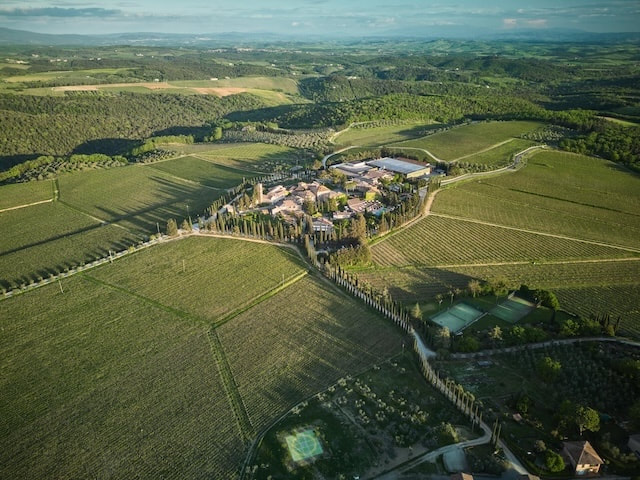

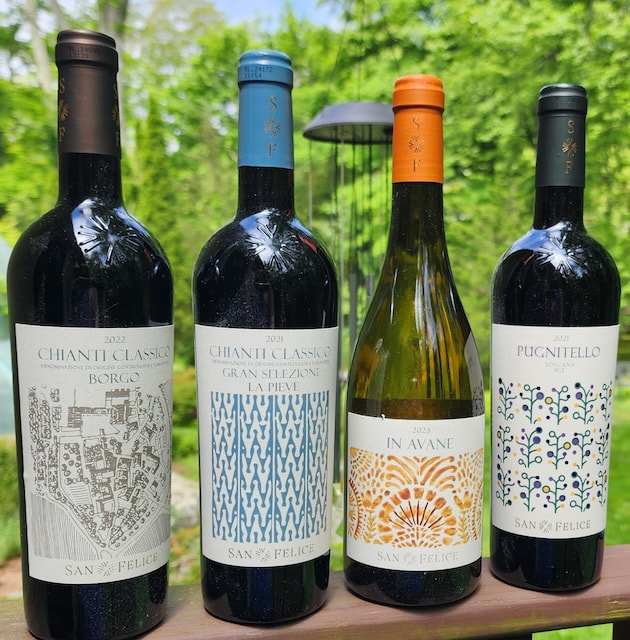
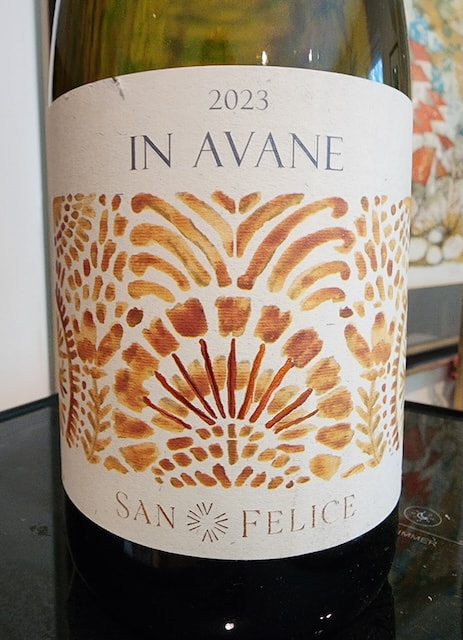
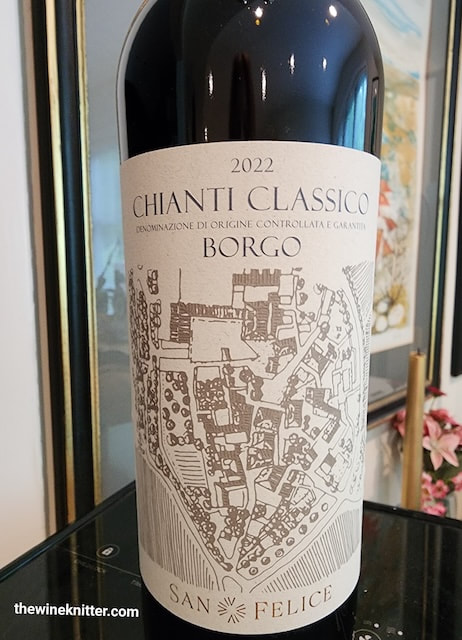
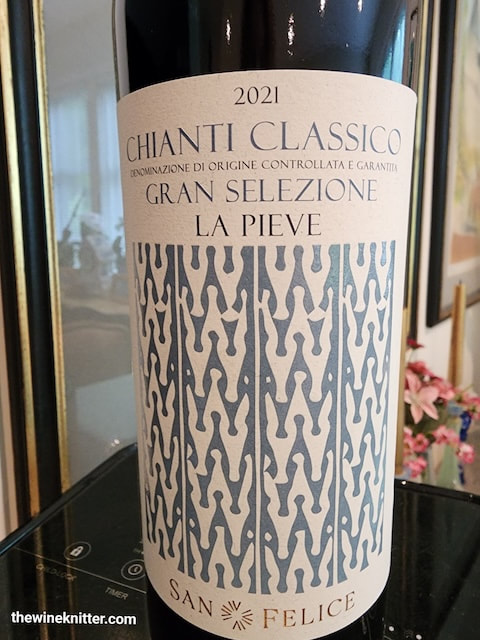
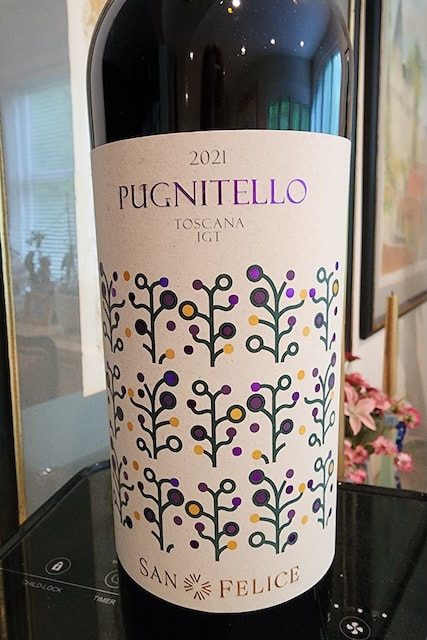
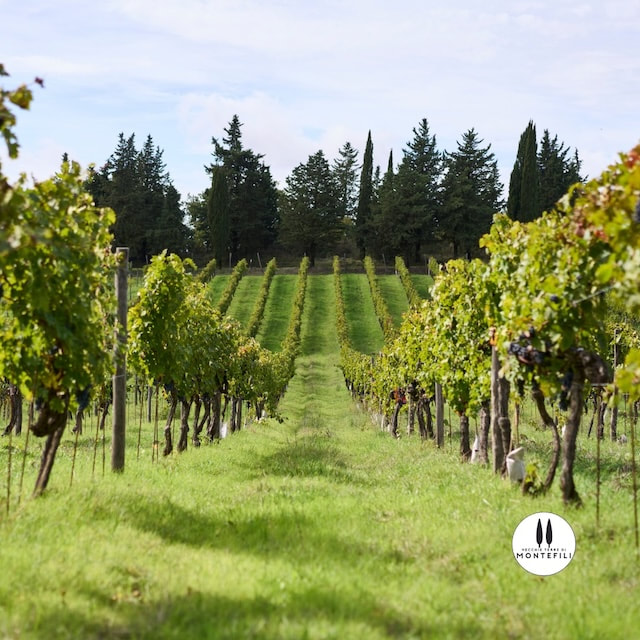
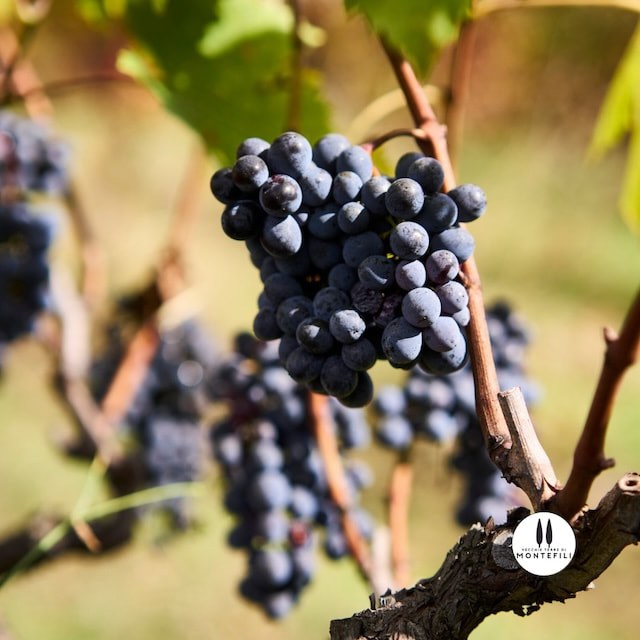
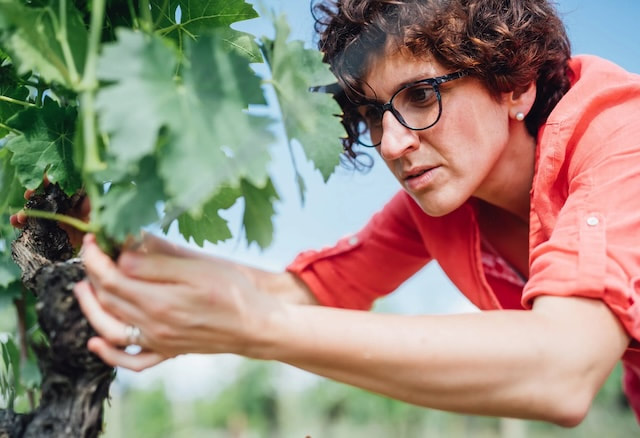
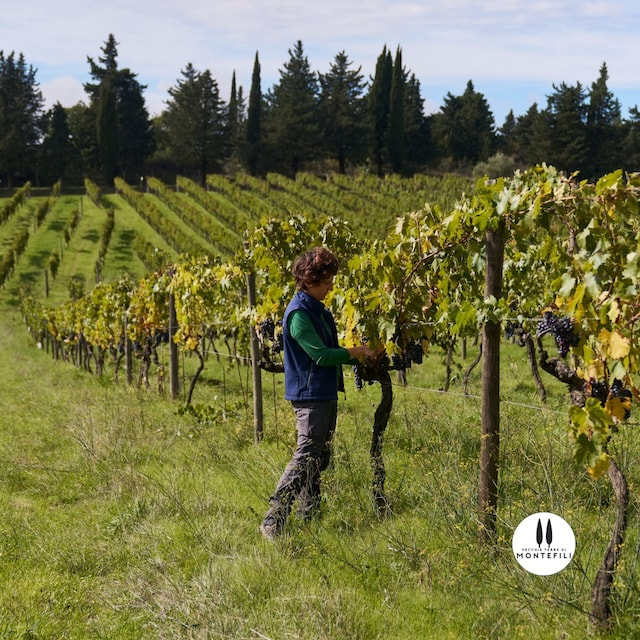
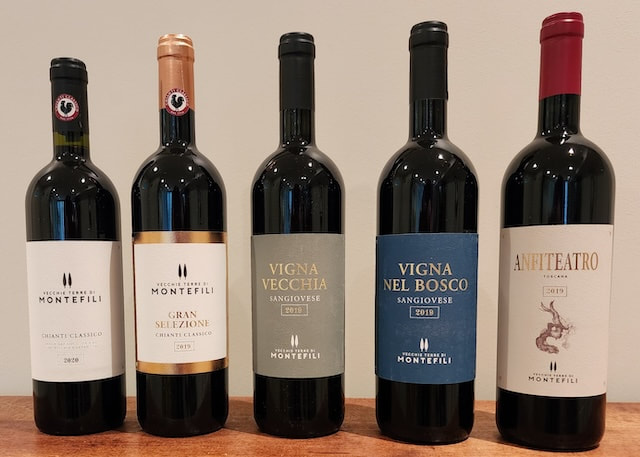
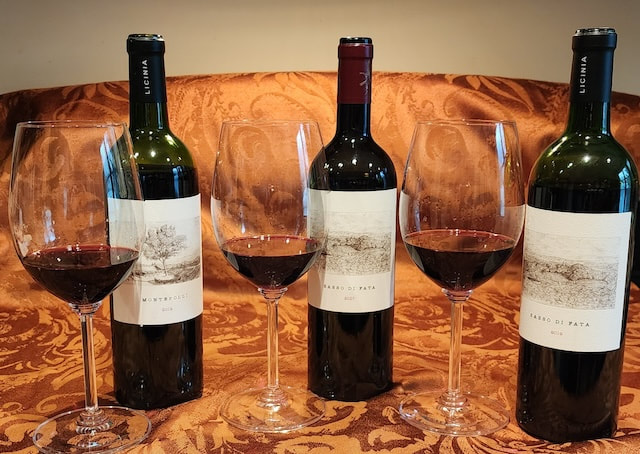
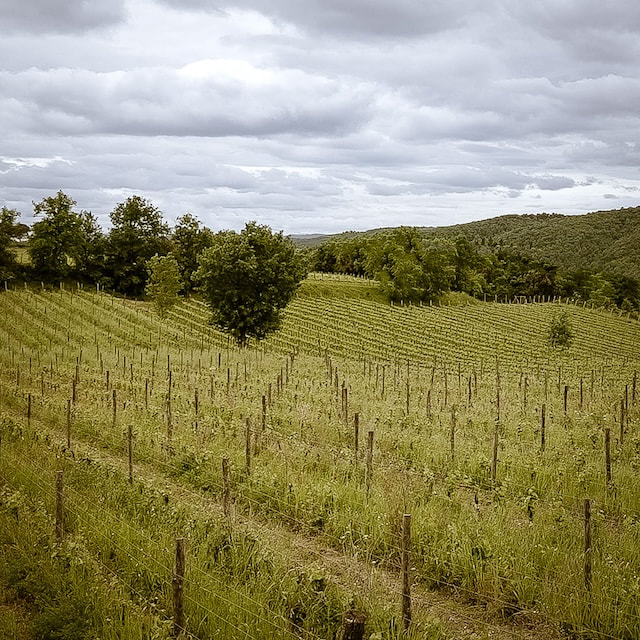

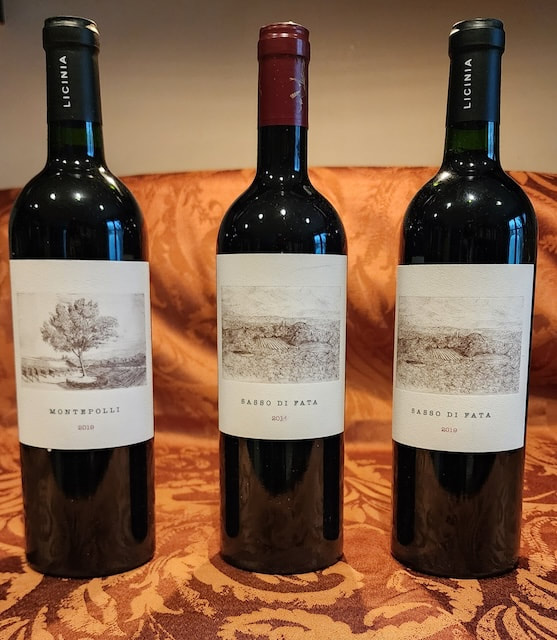
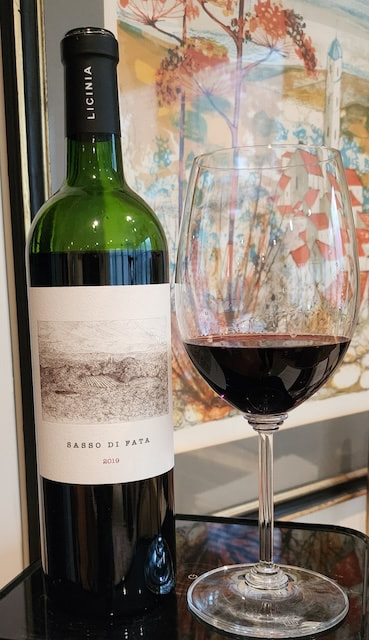
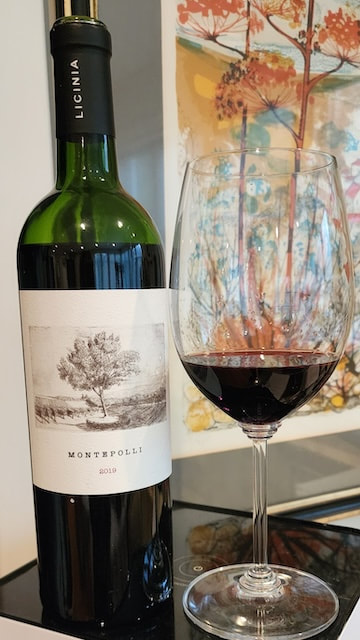
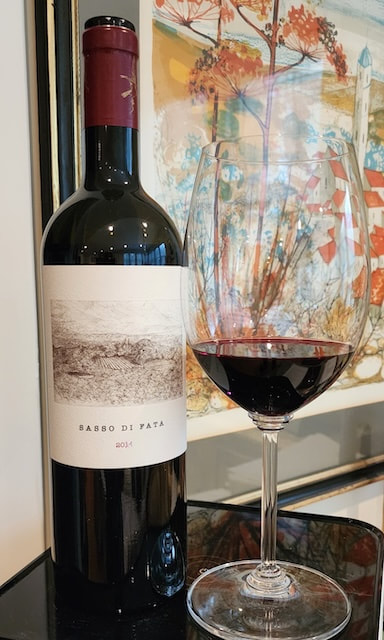
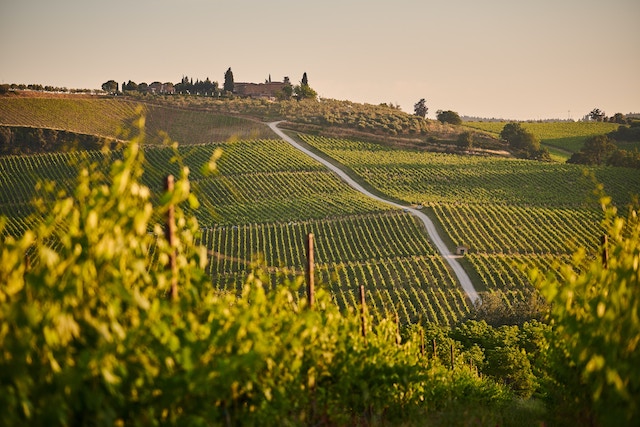
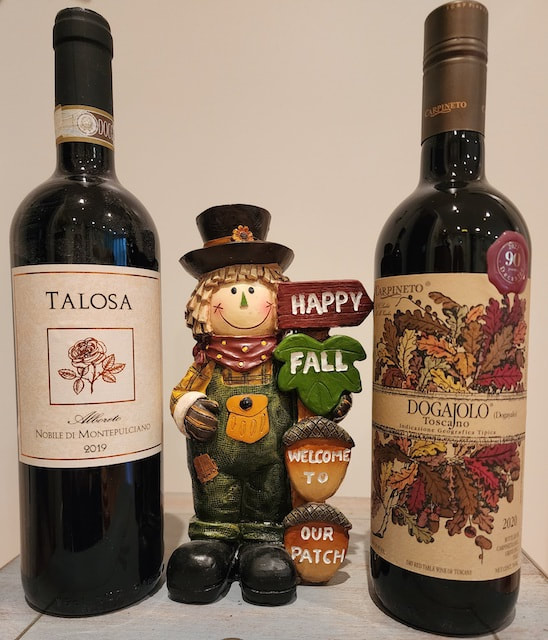
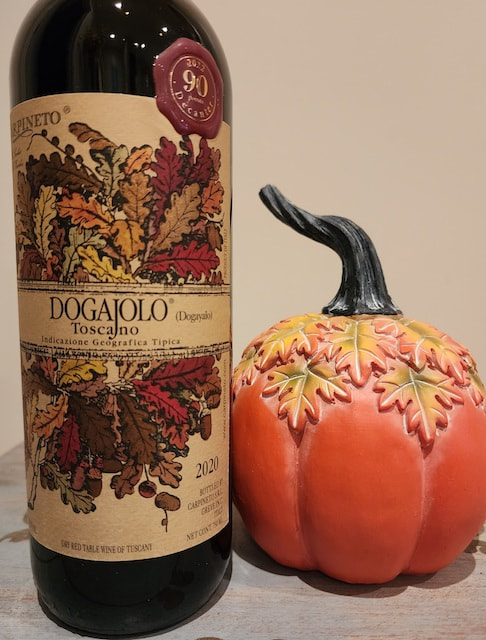
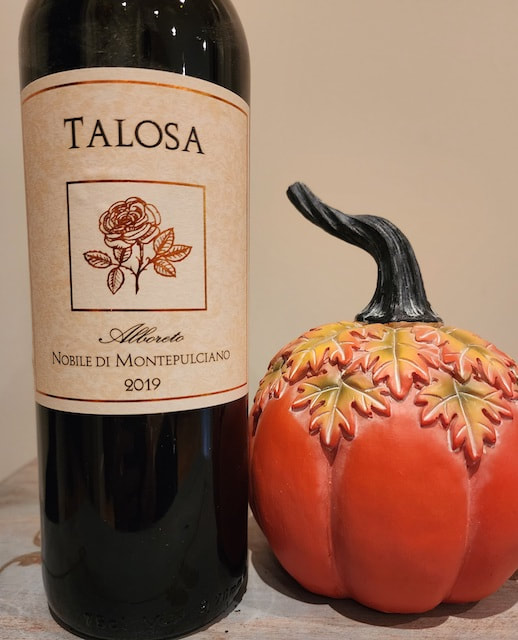
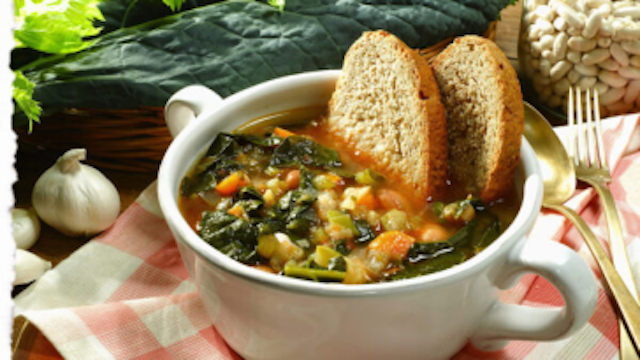
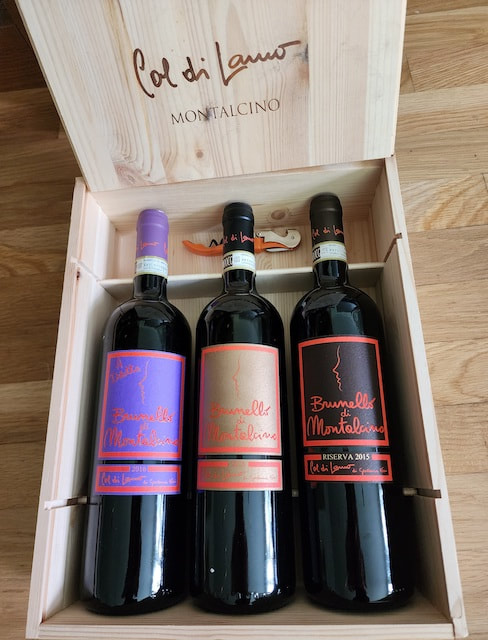
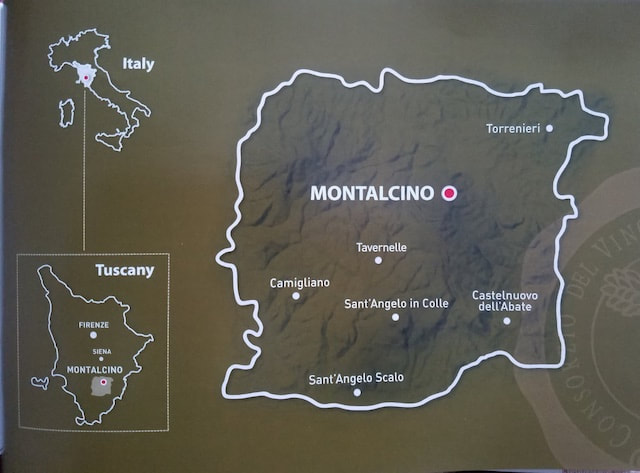
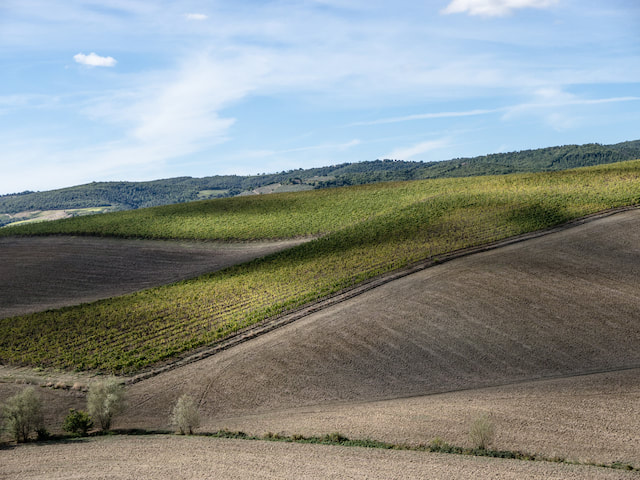
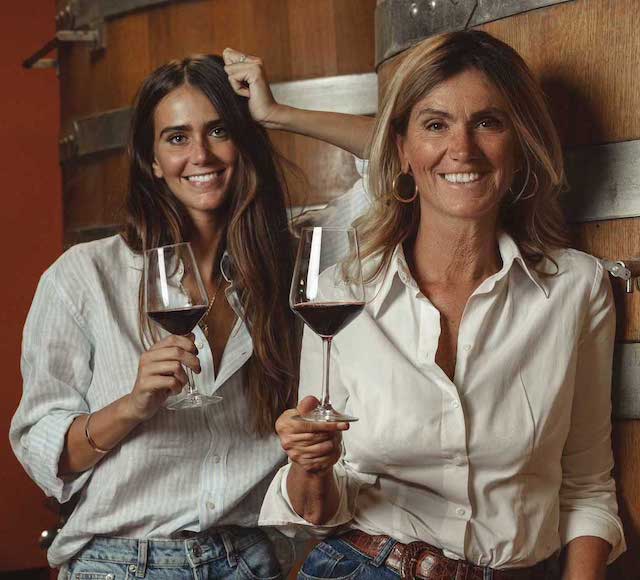
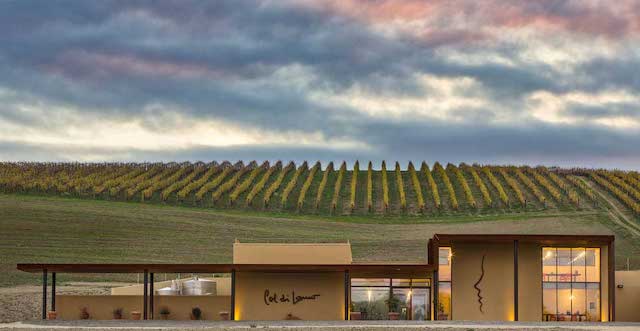
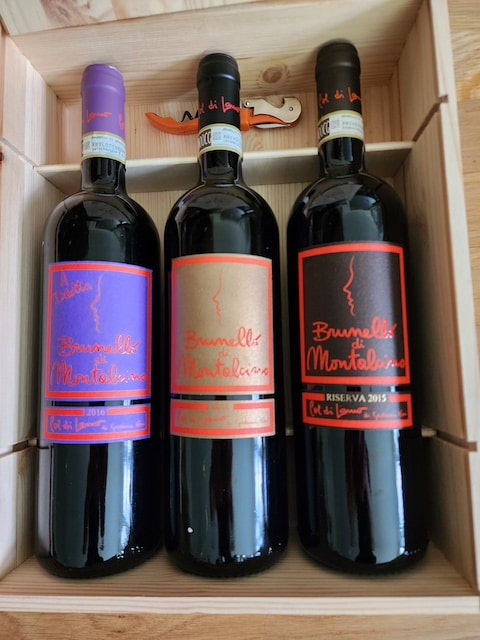
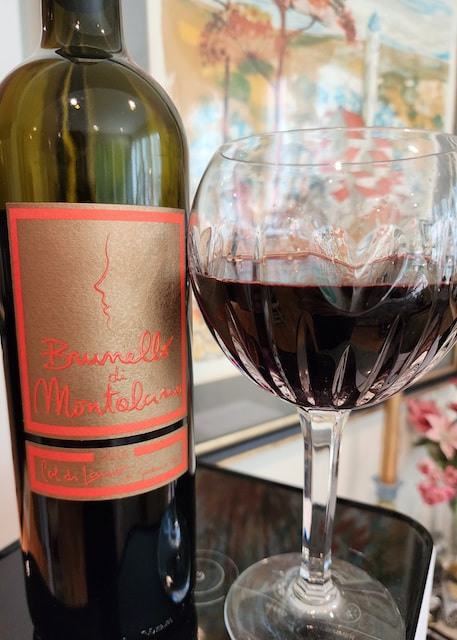
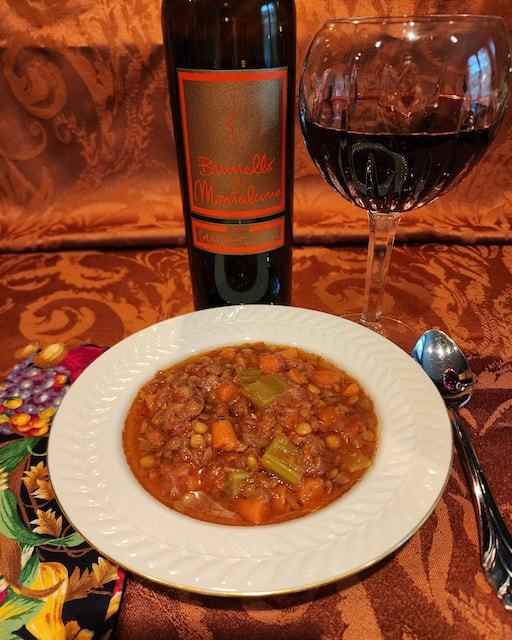
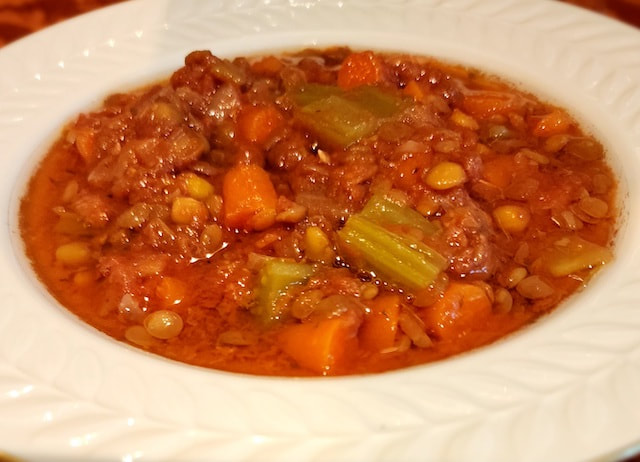

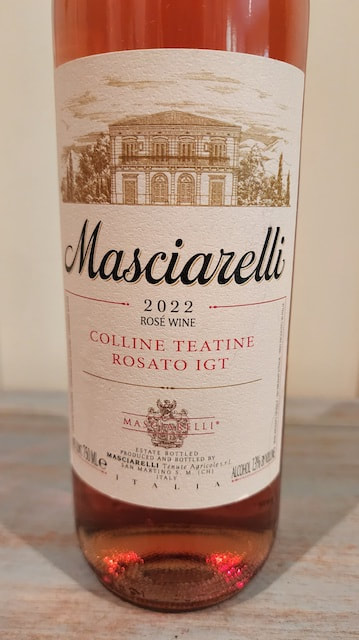
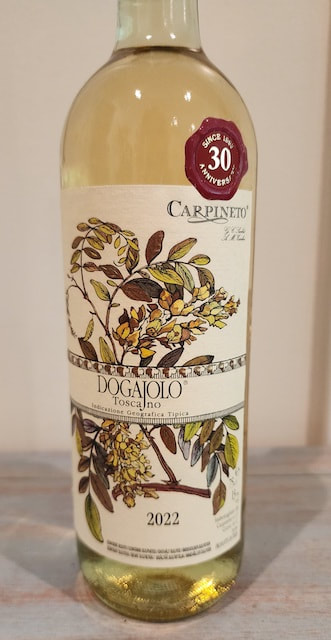
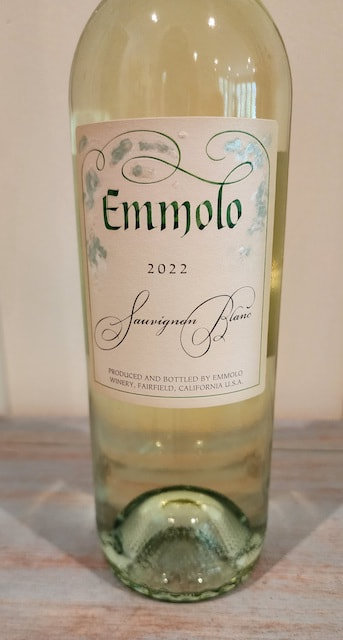
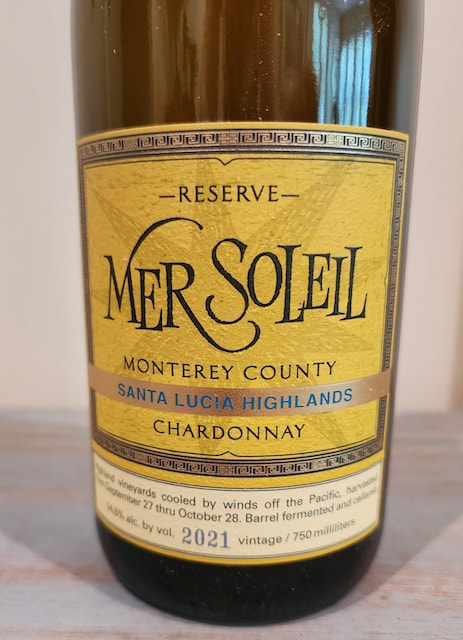
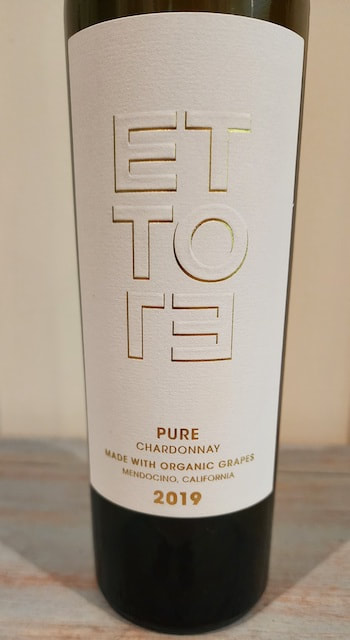

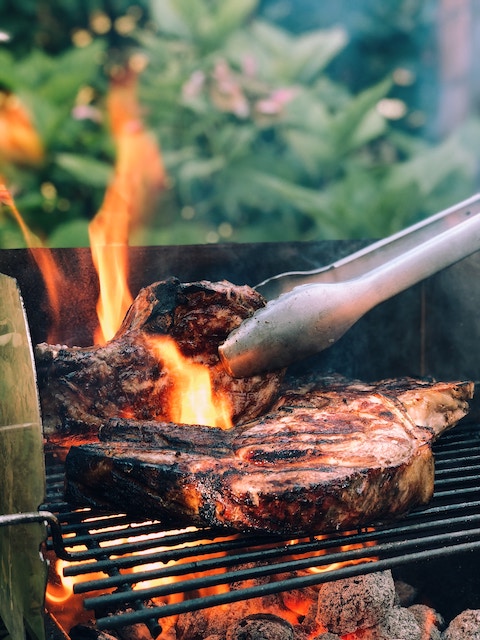
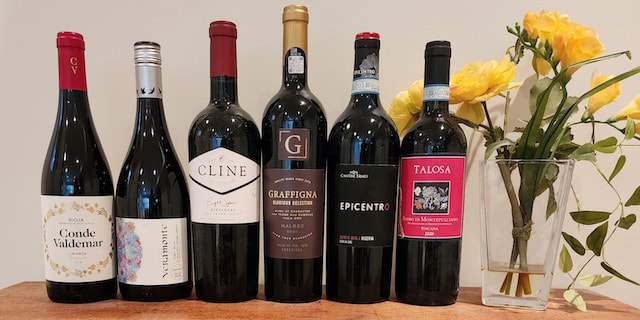
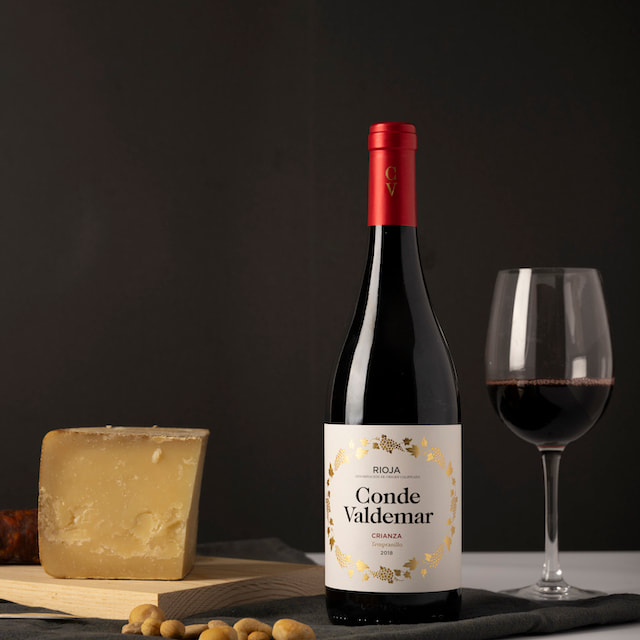
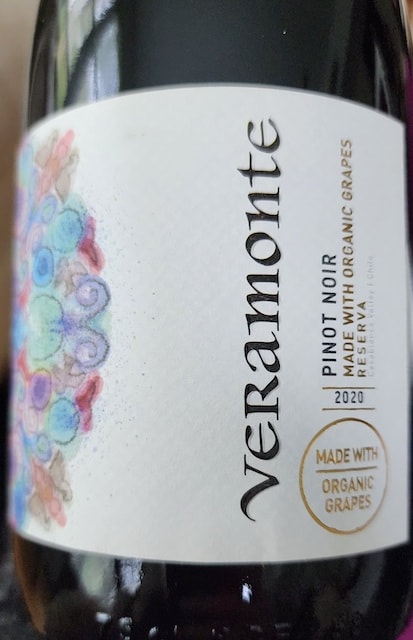
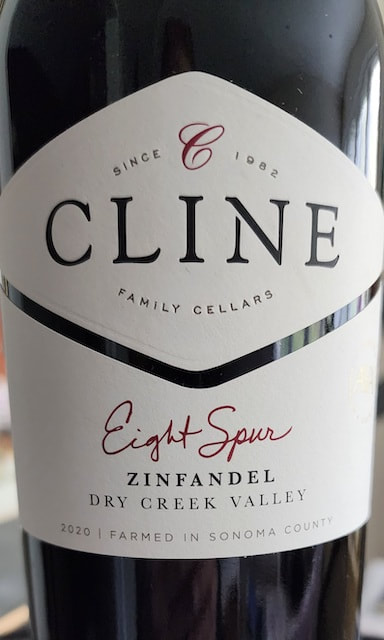
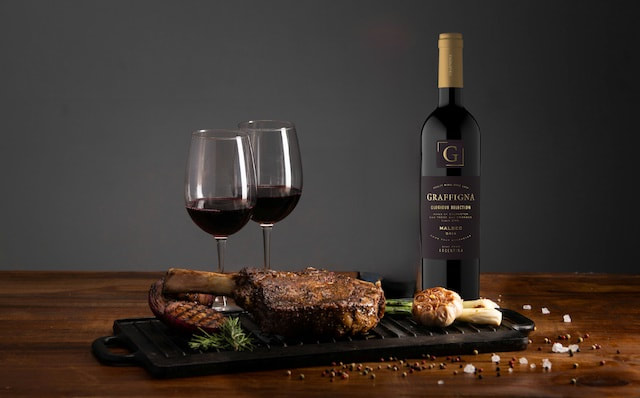
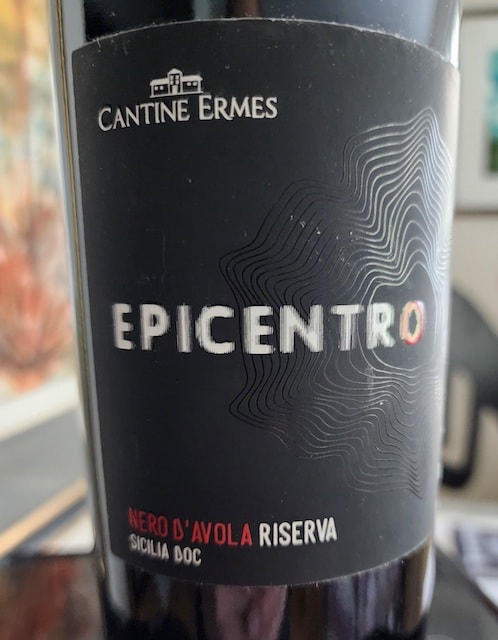
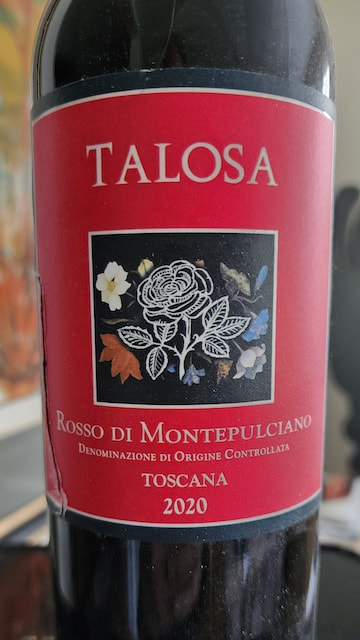
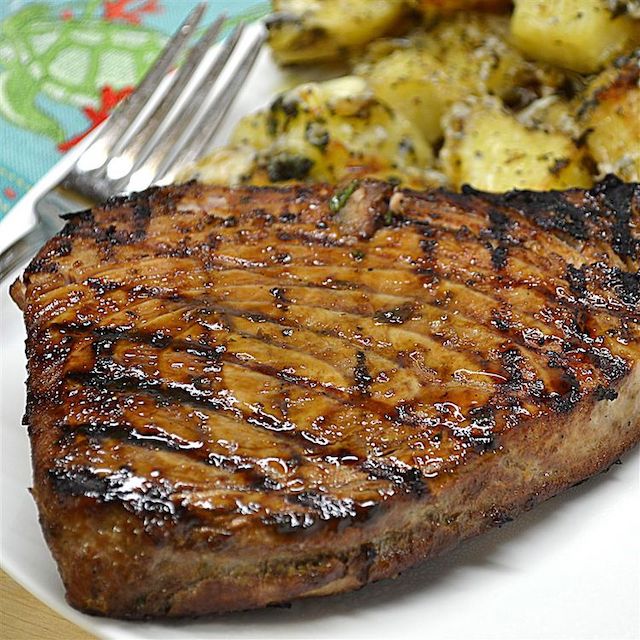
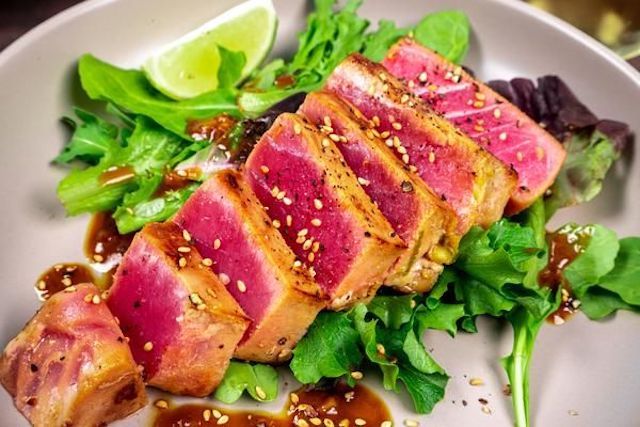
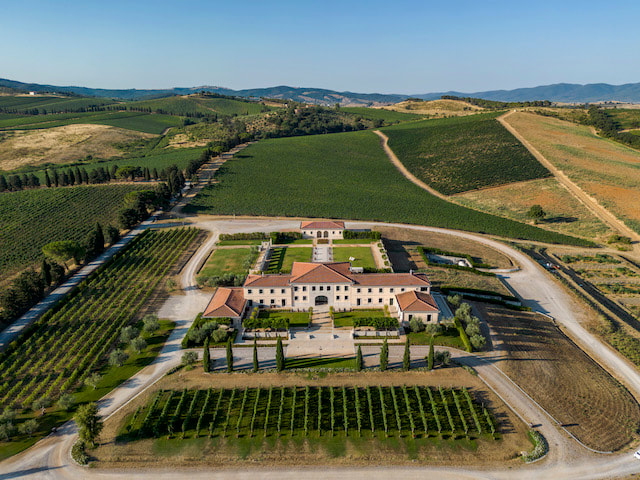

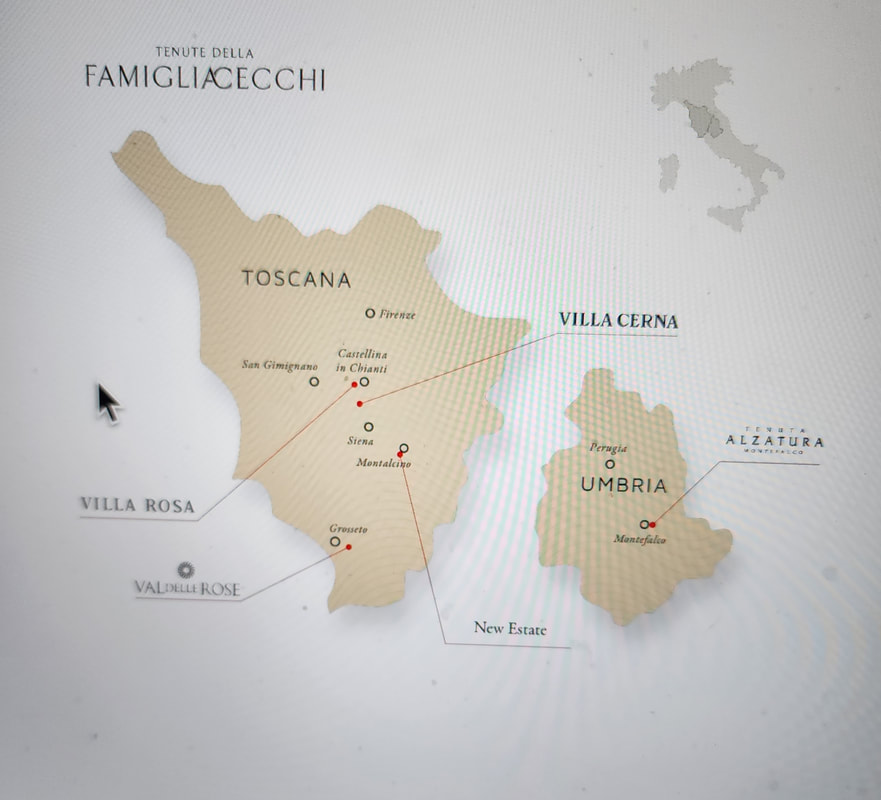
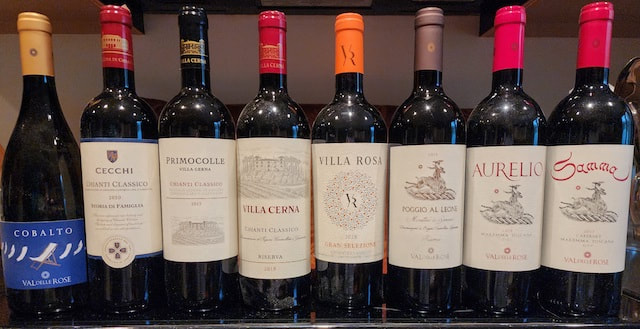
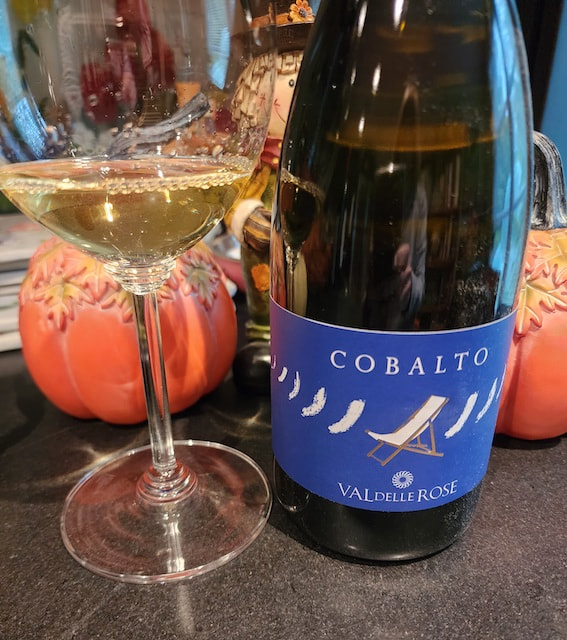
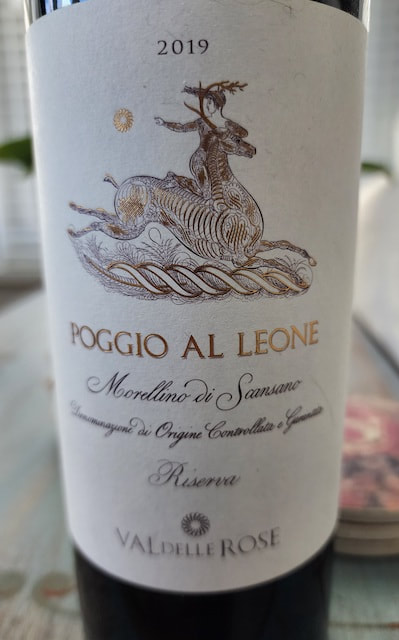
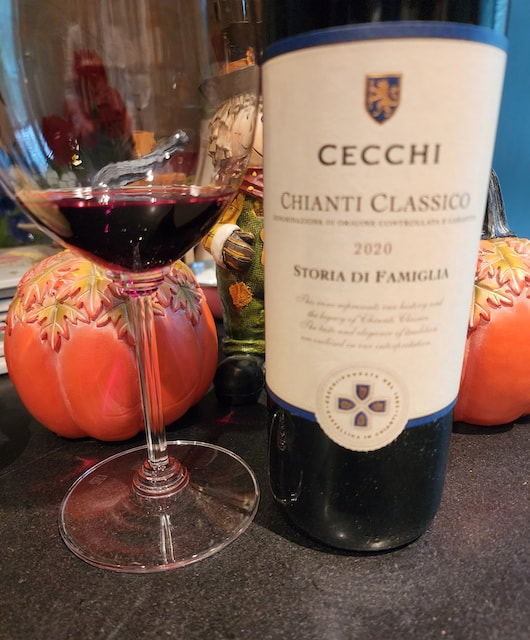
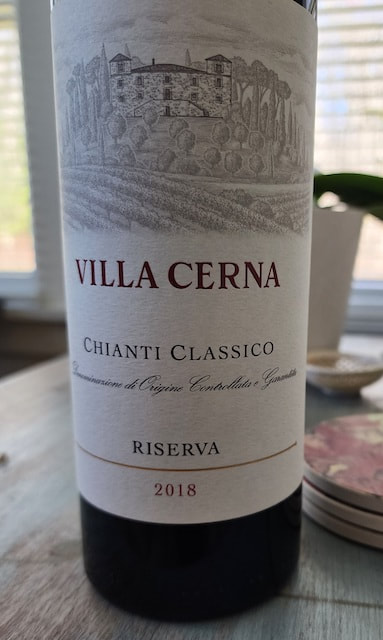
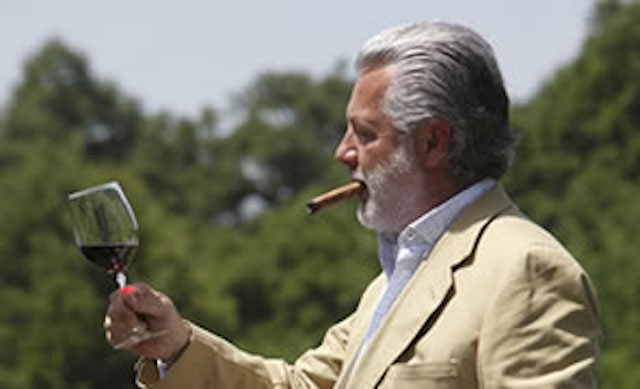
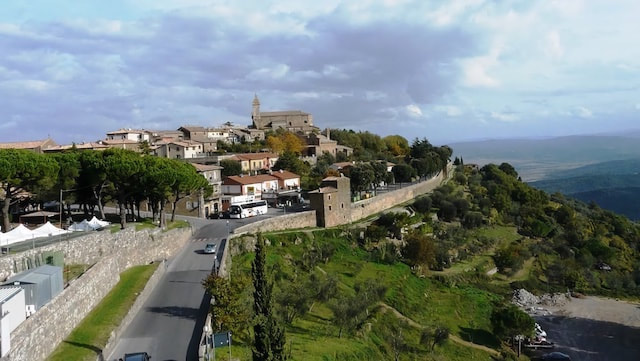
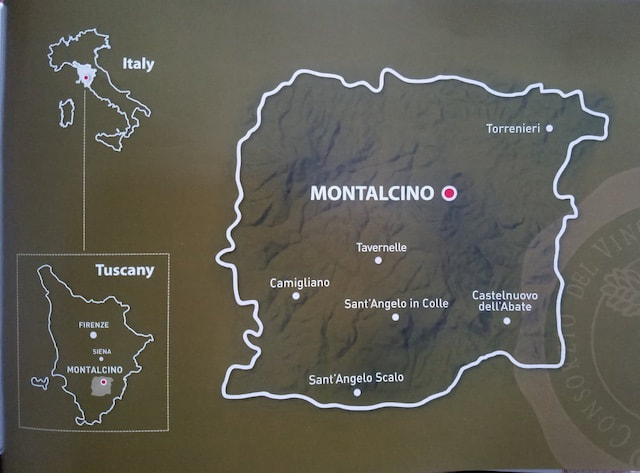
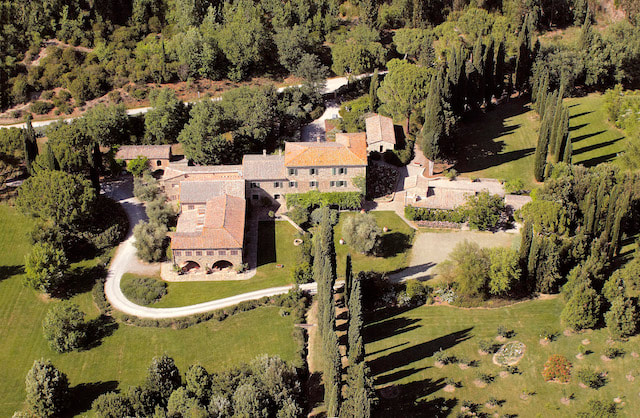
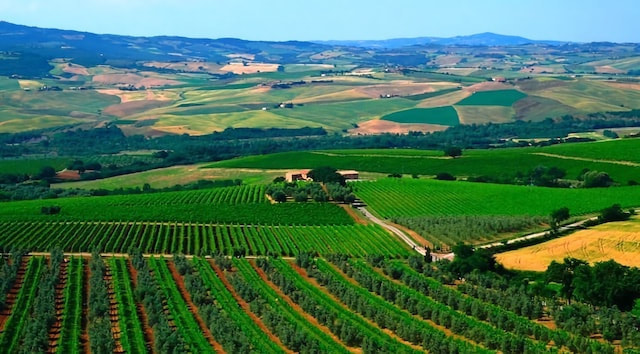
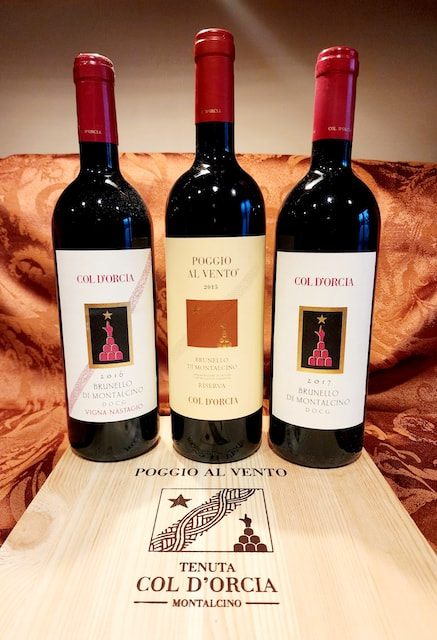
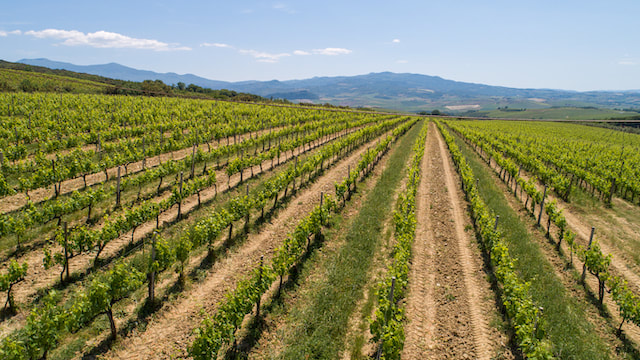
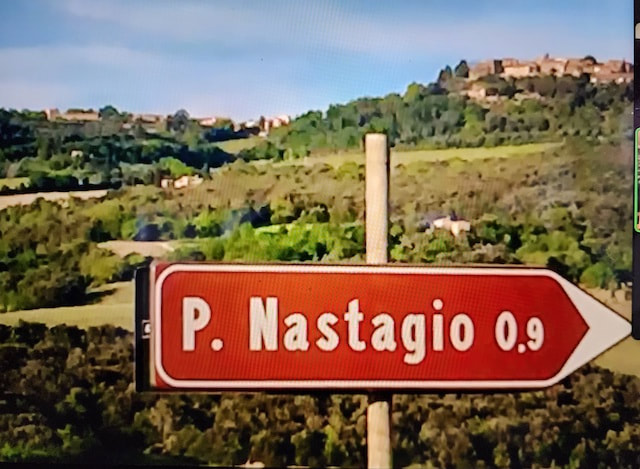
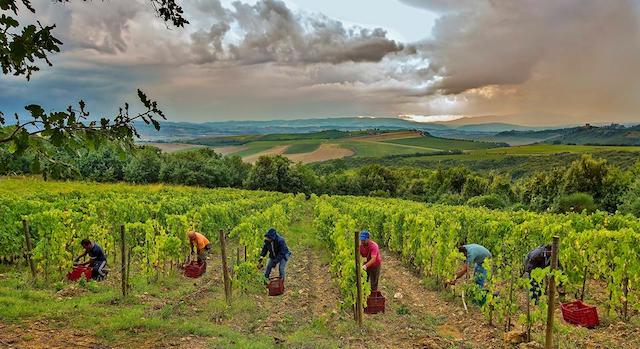
 RSS Feed
RSS Feed